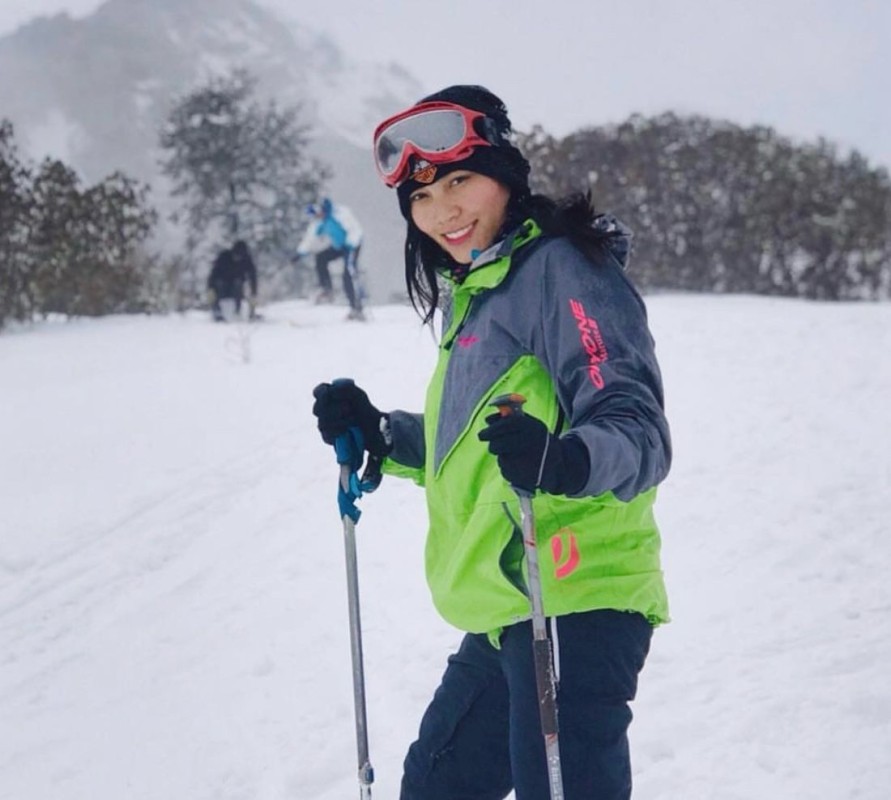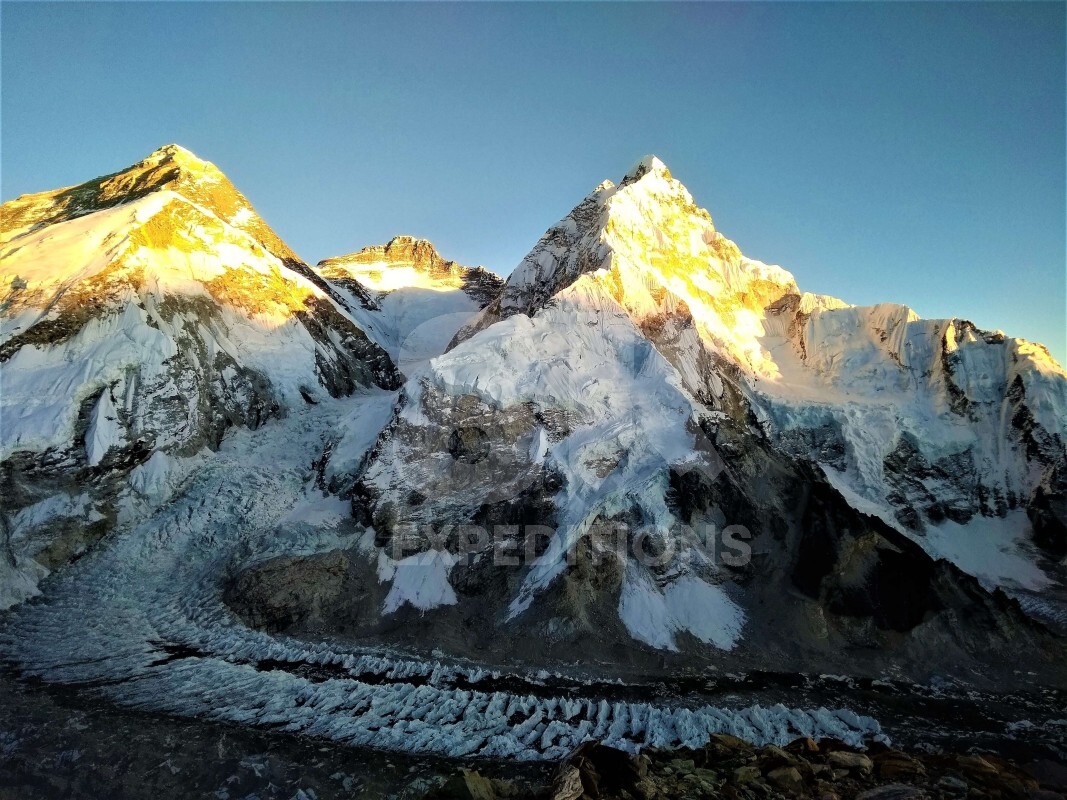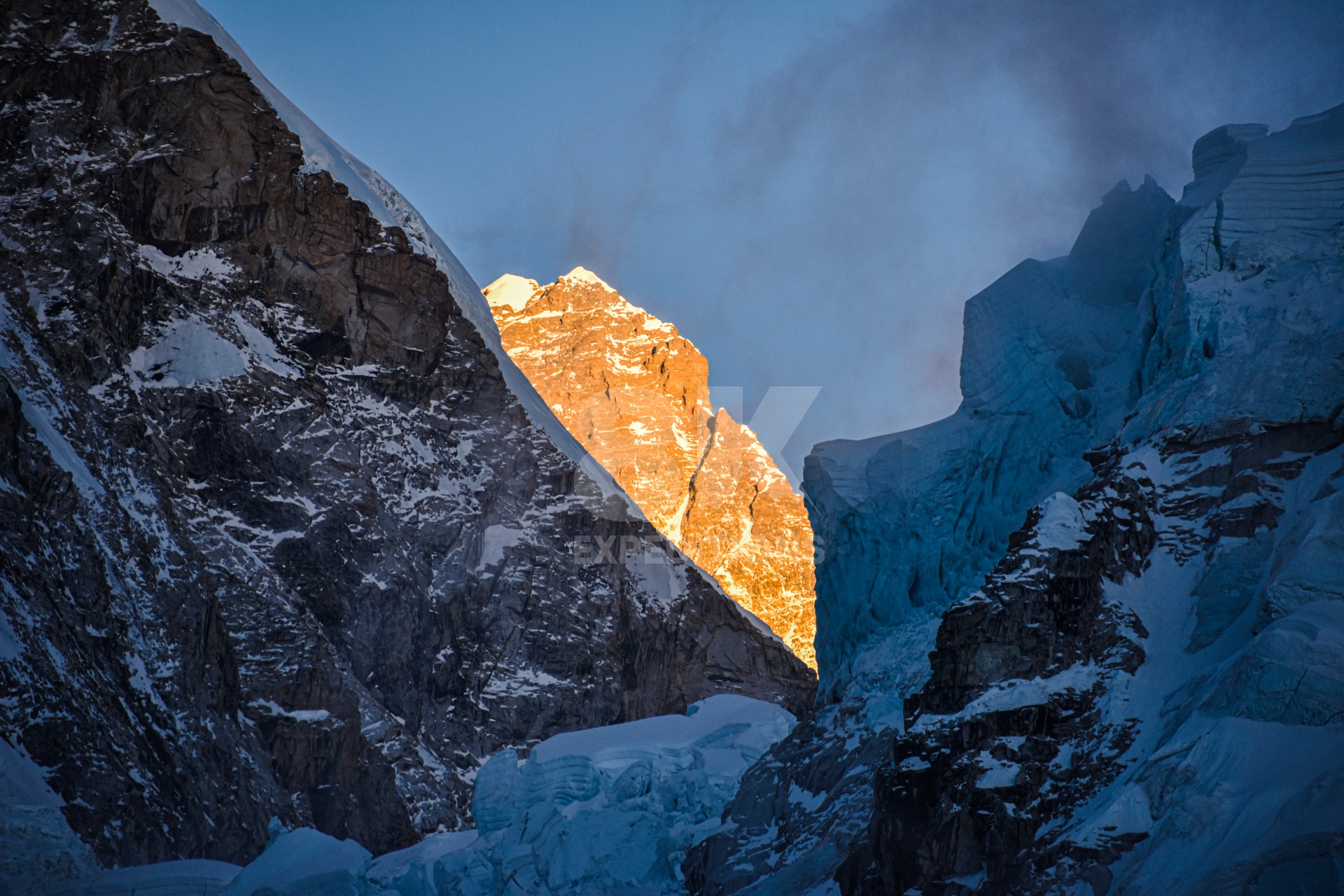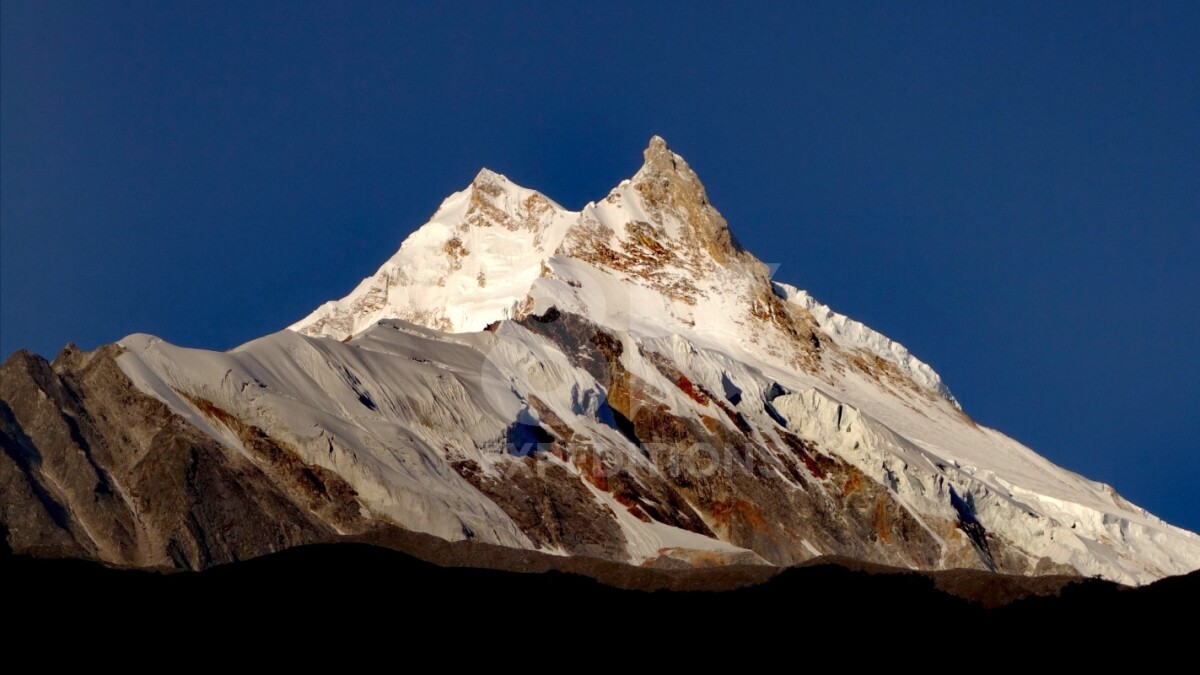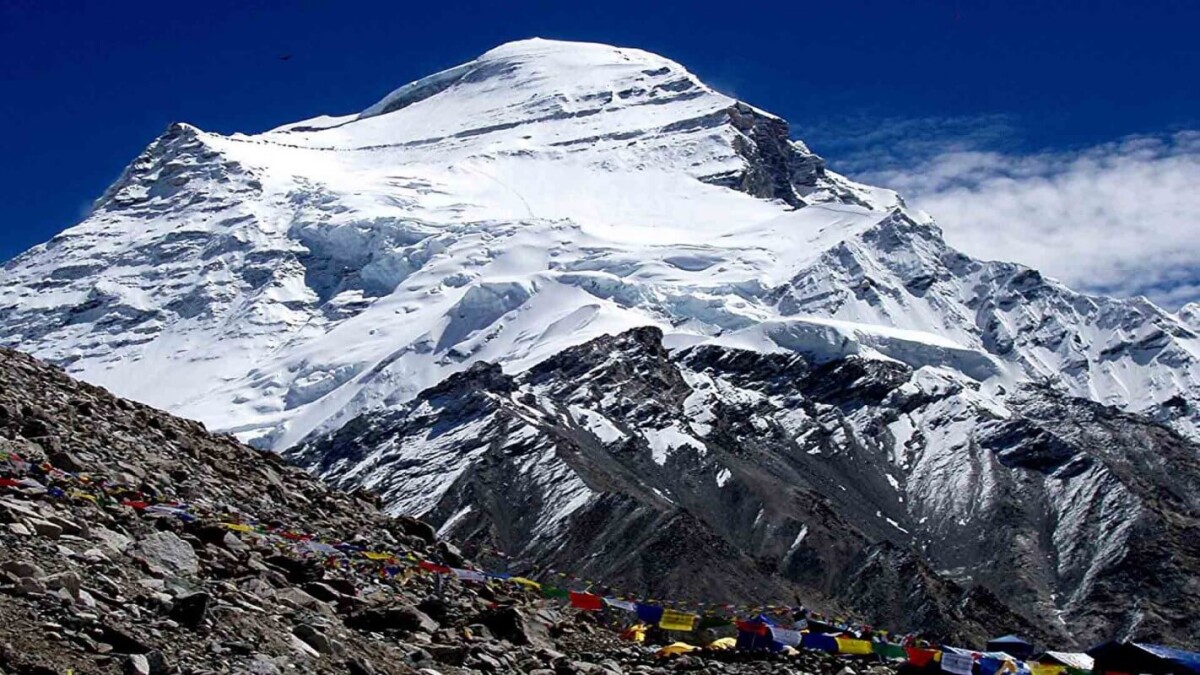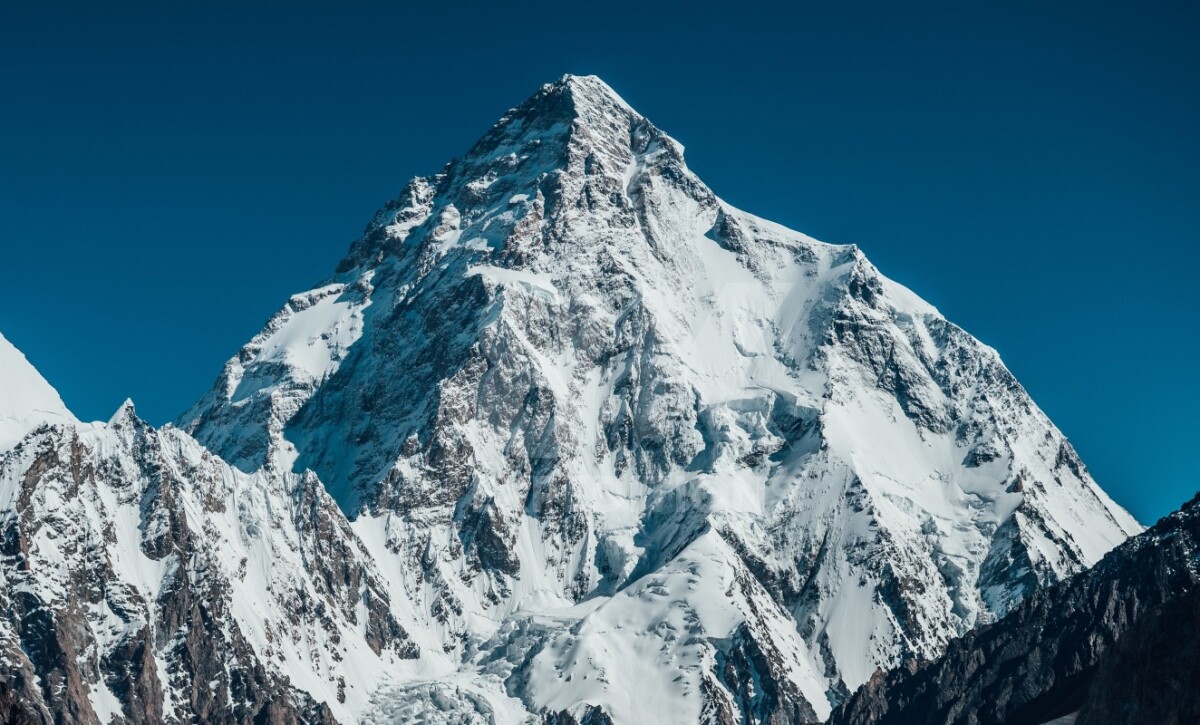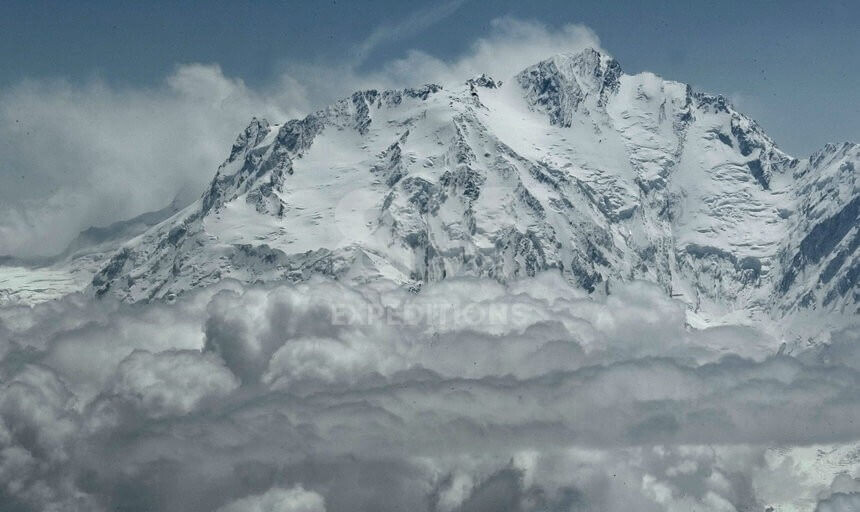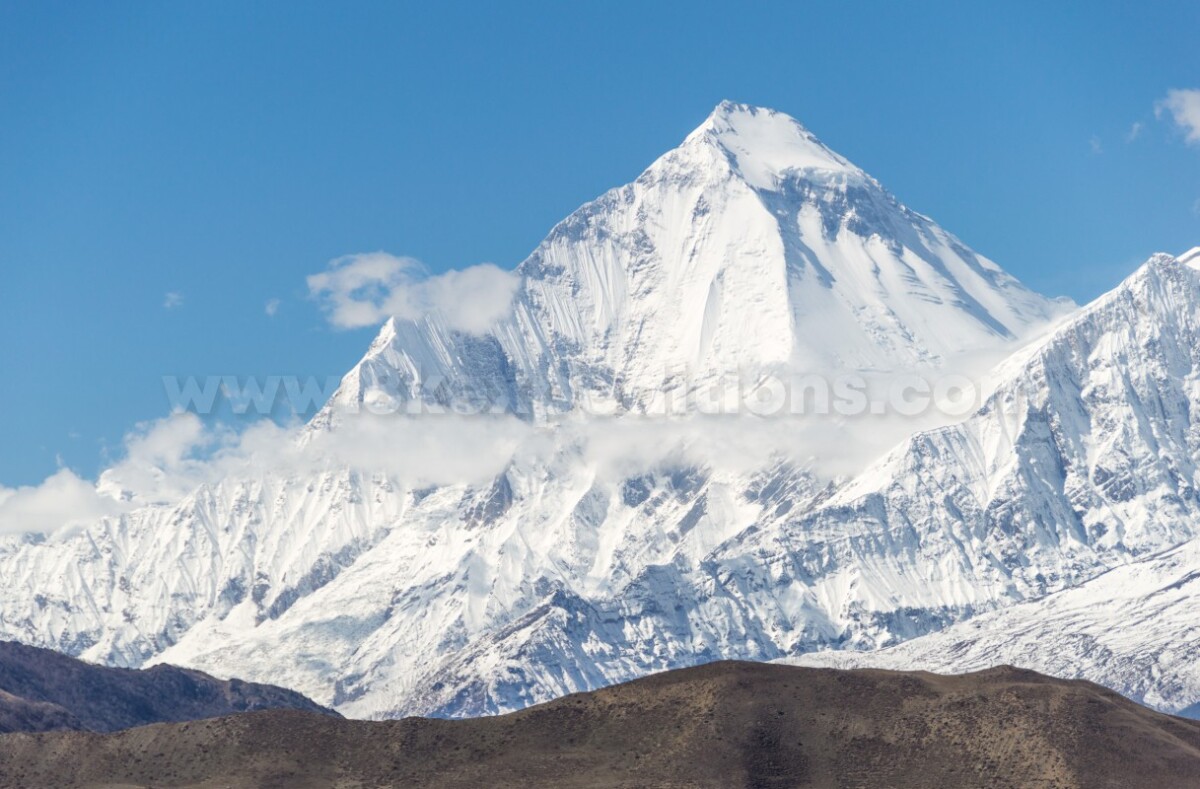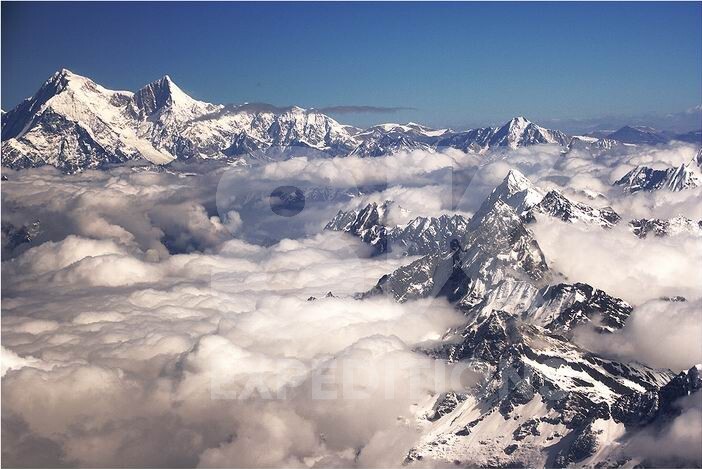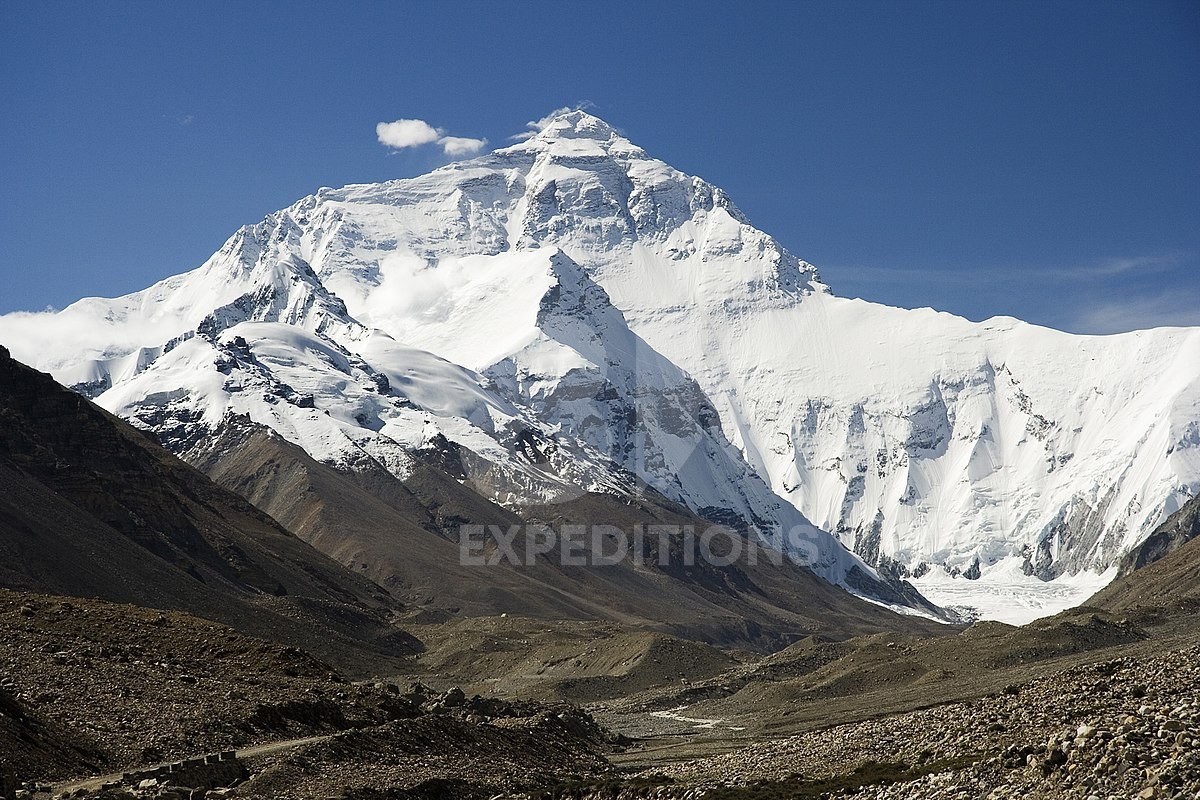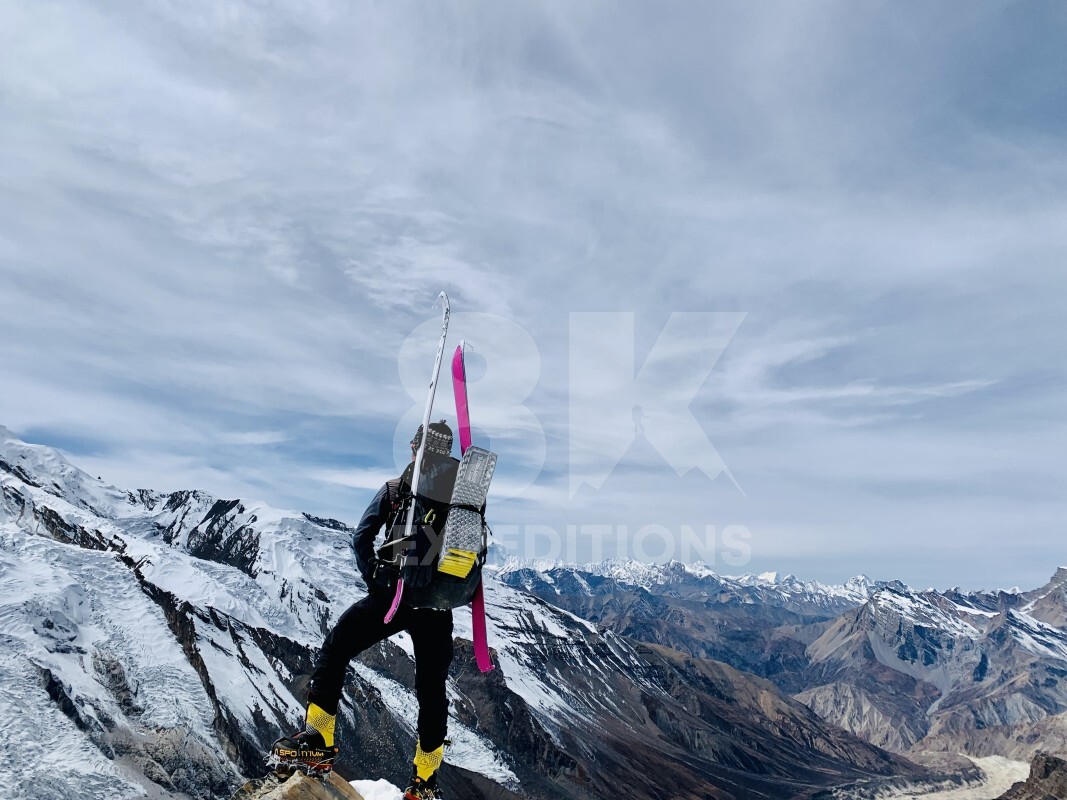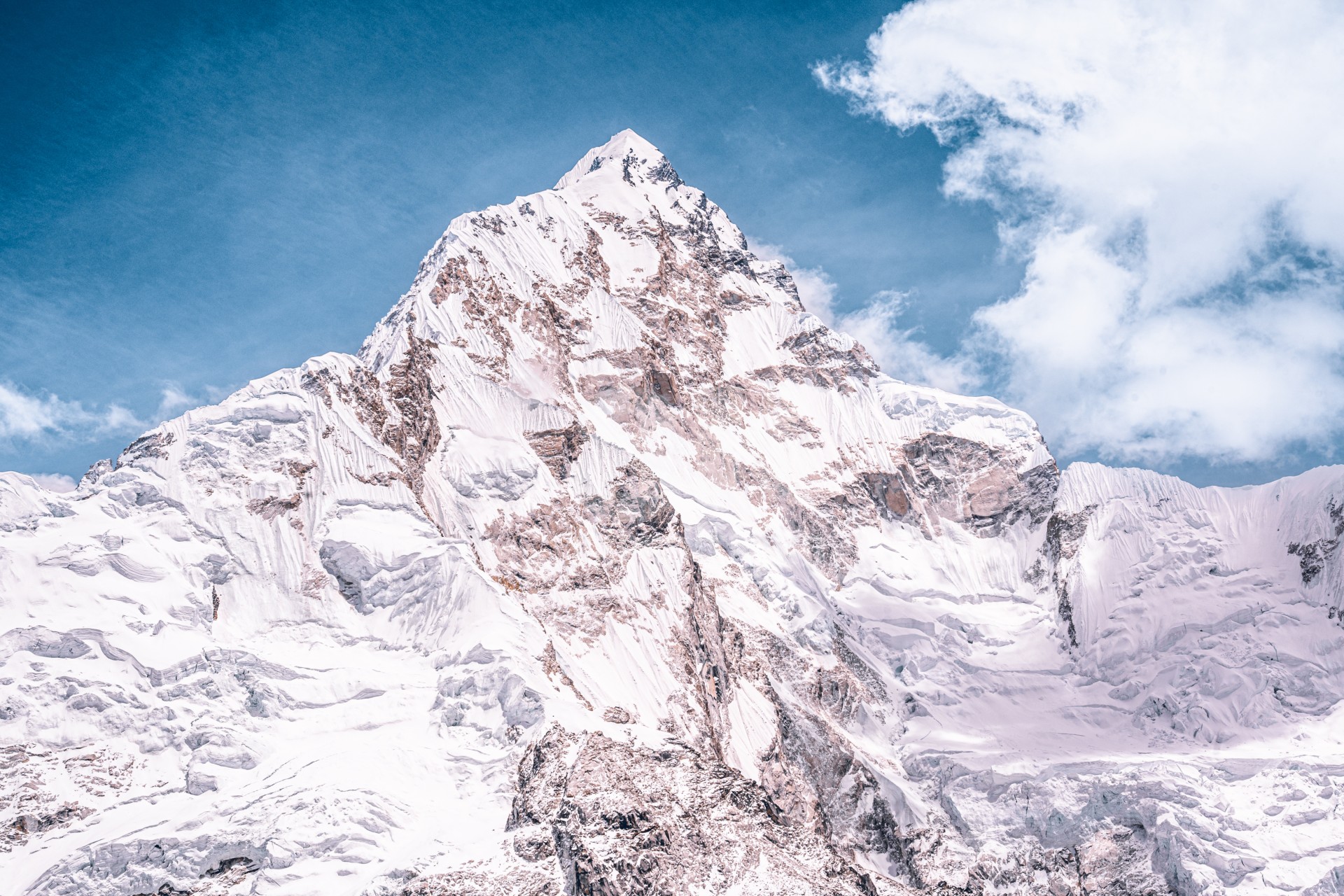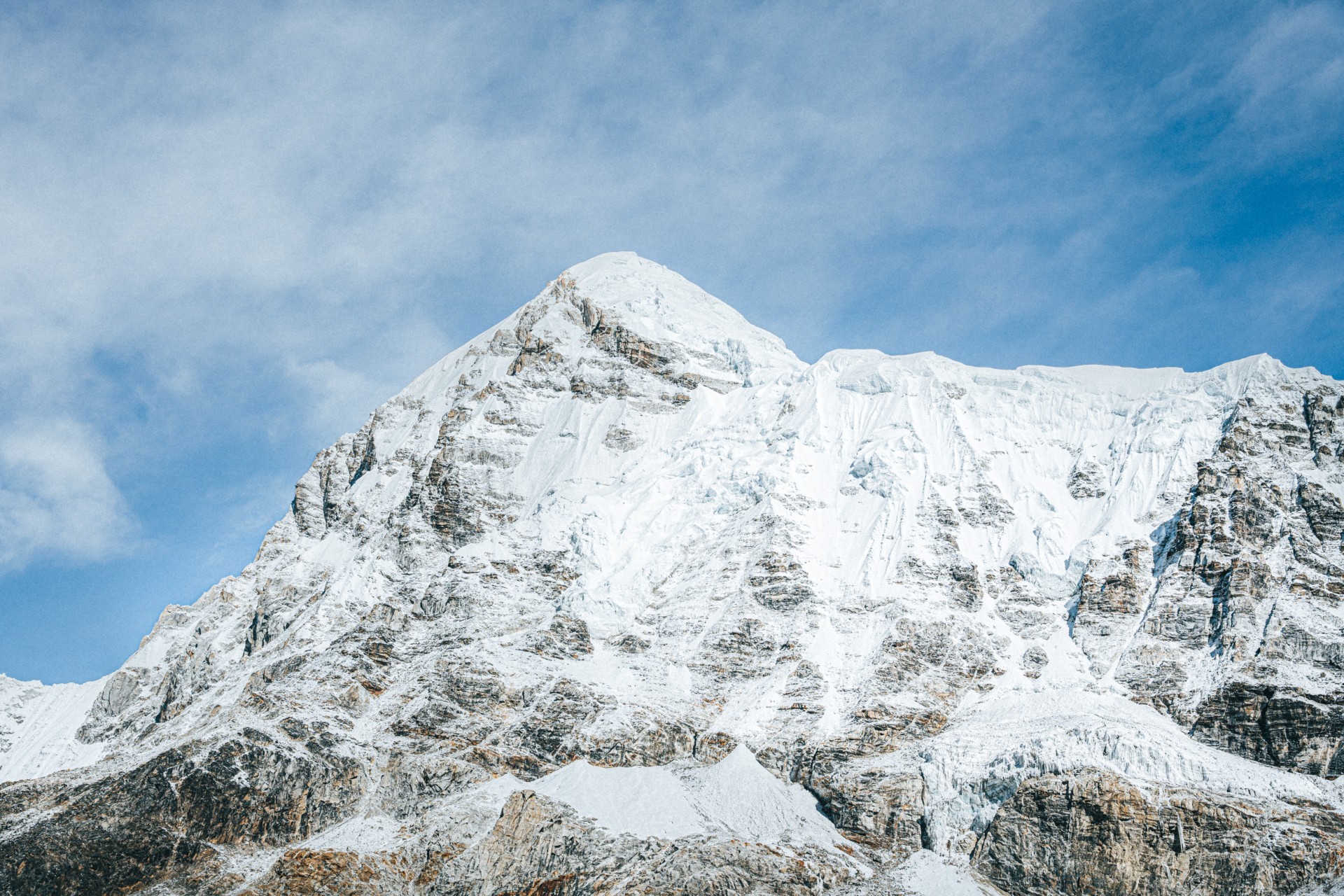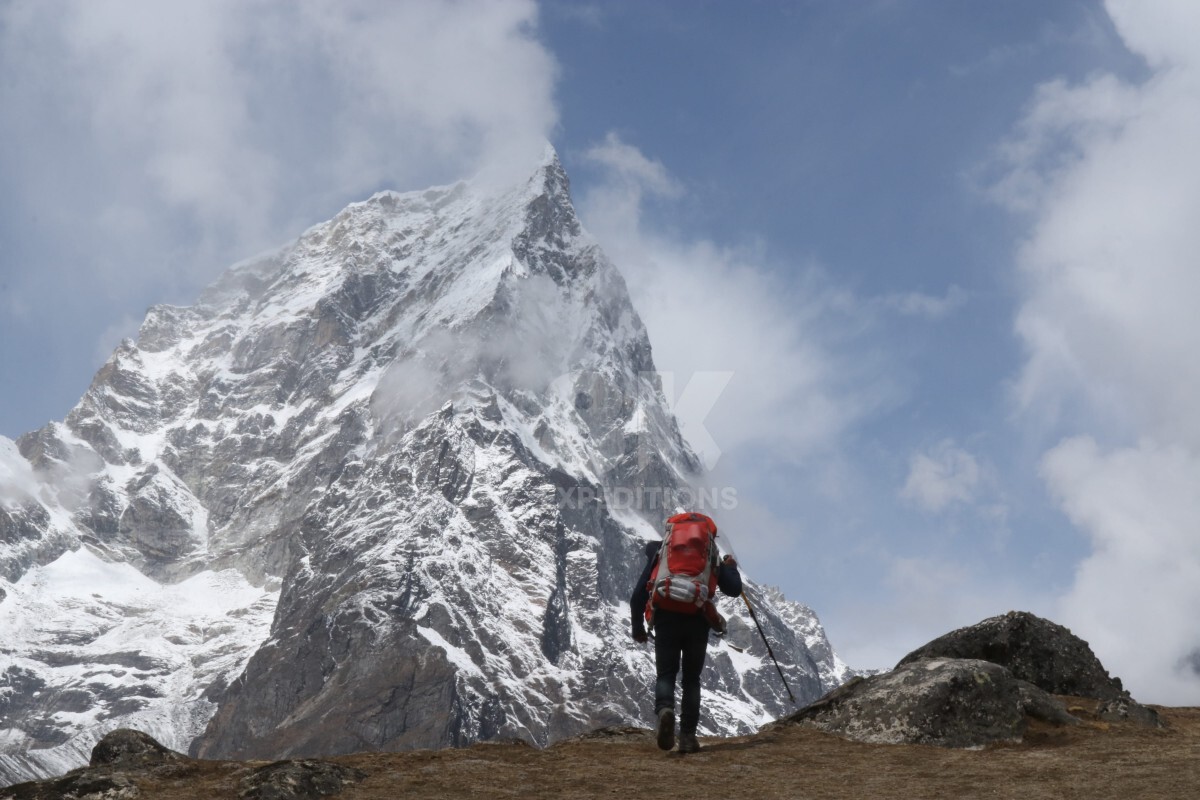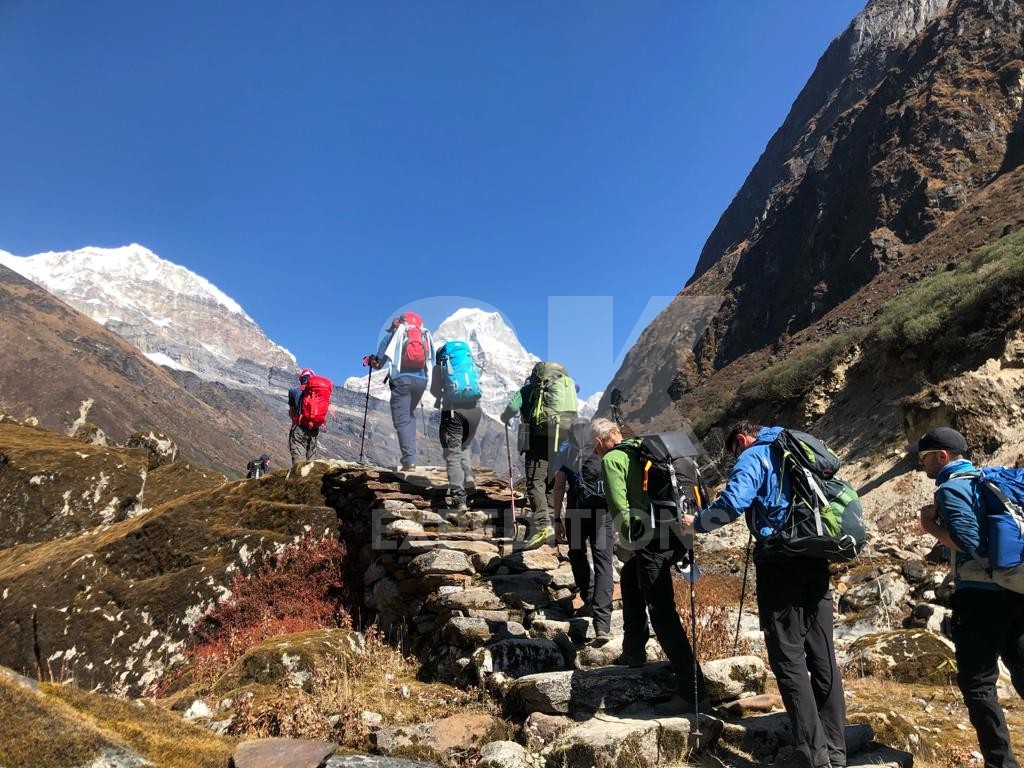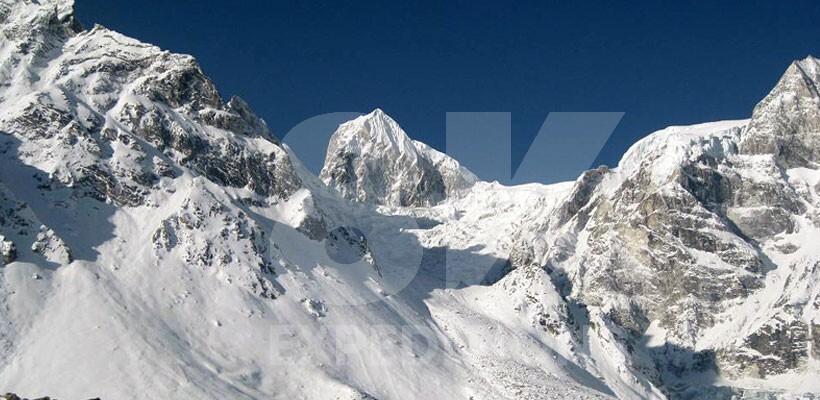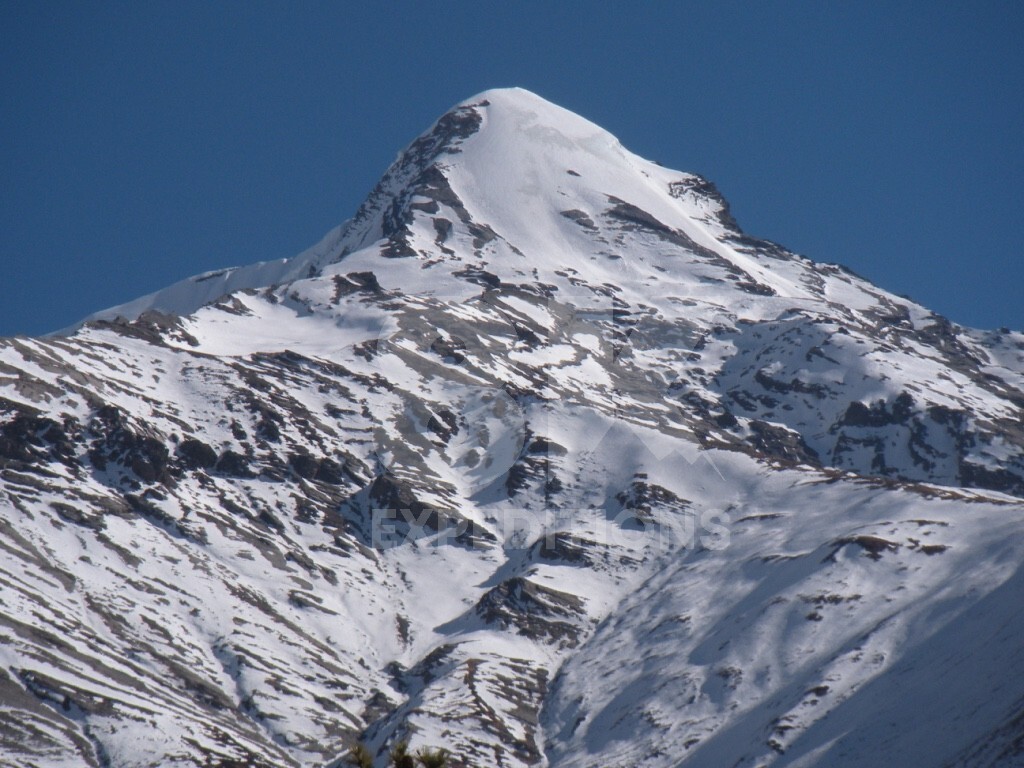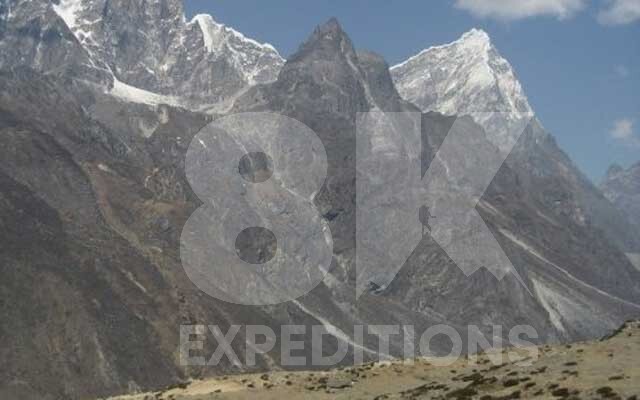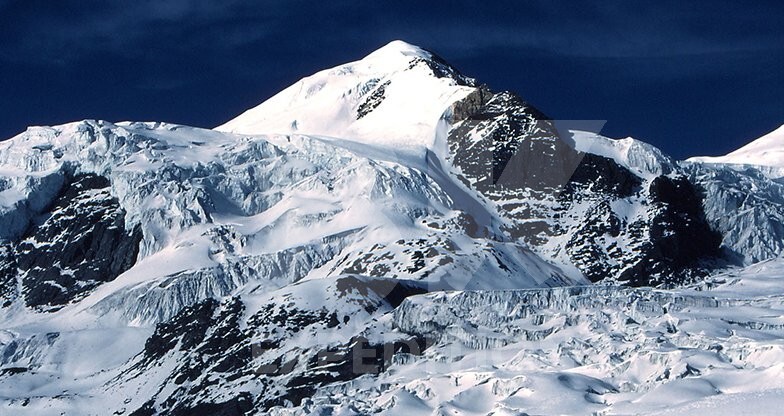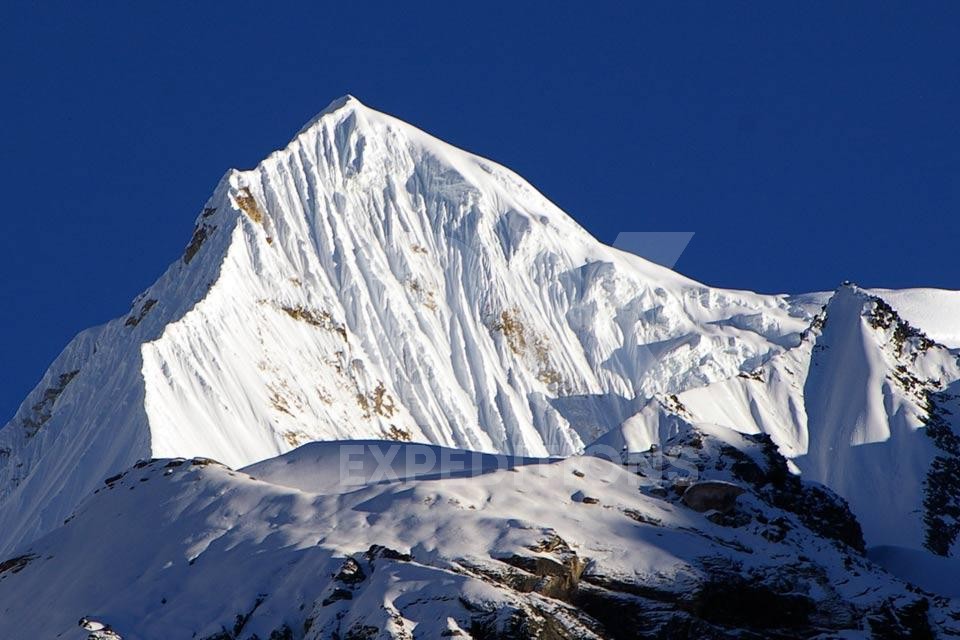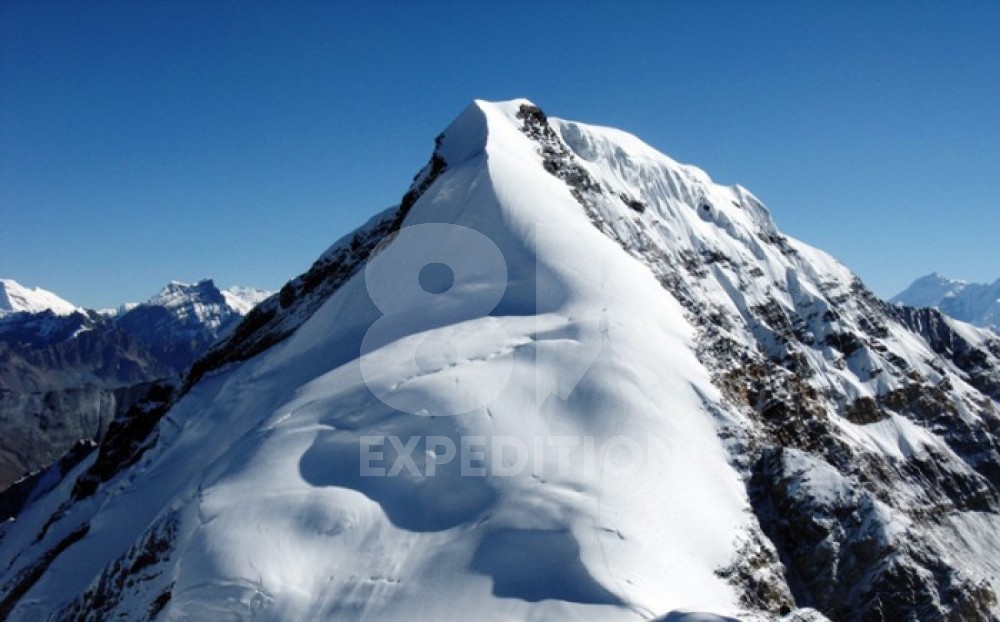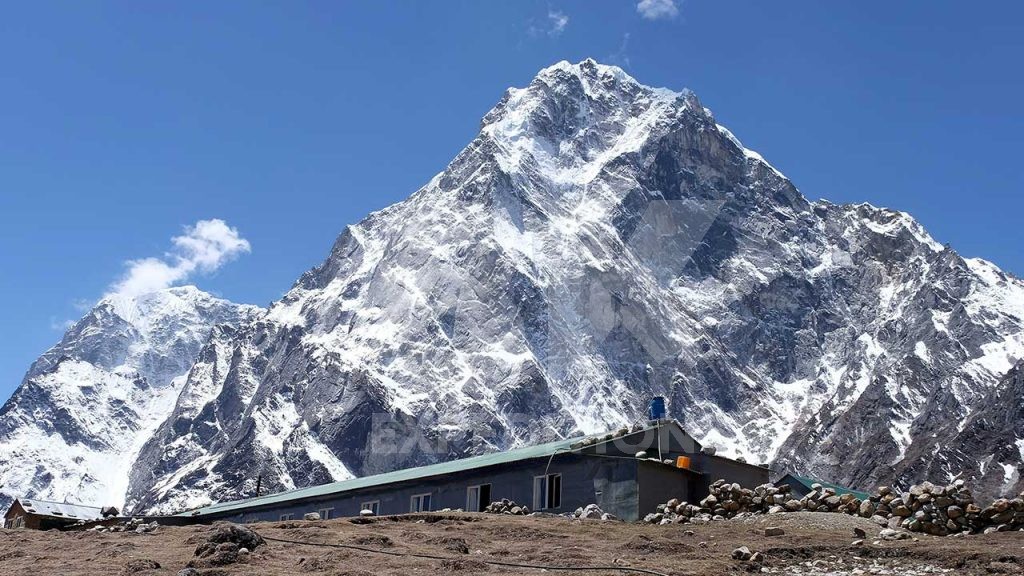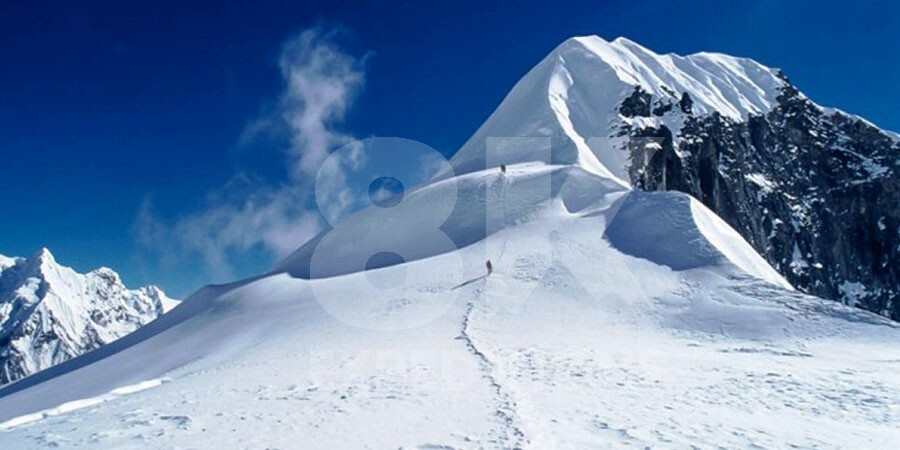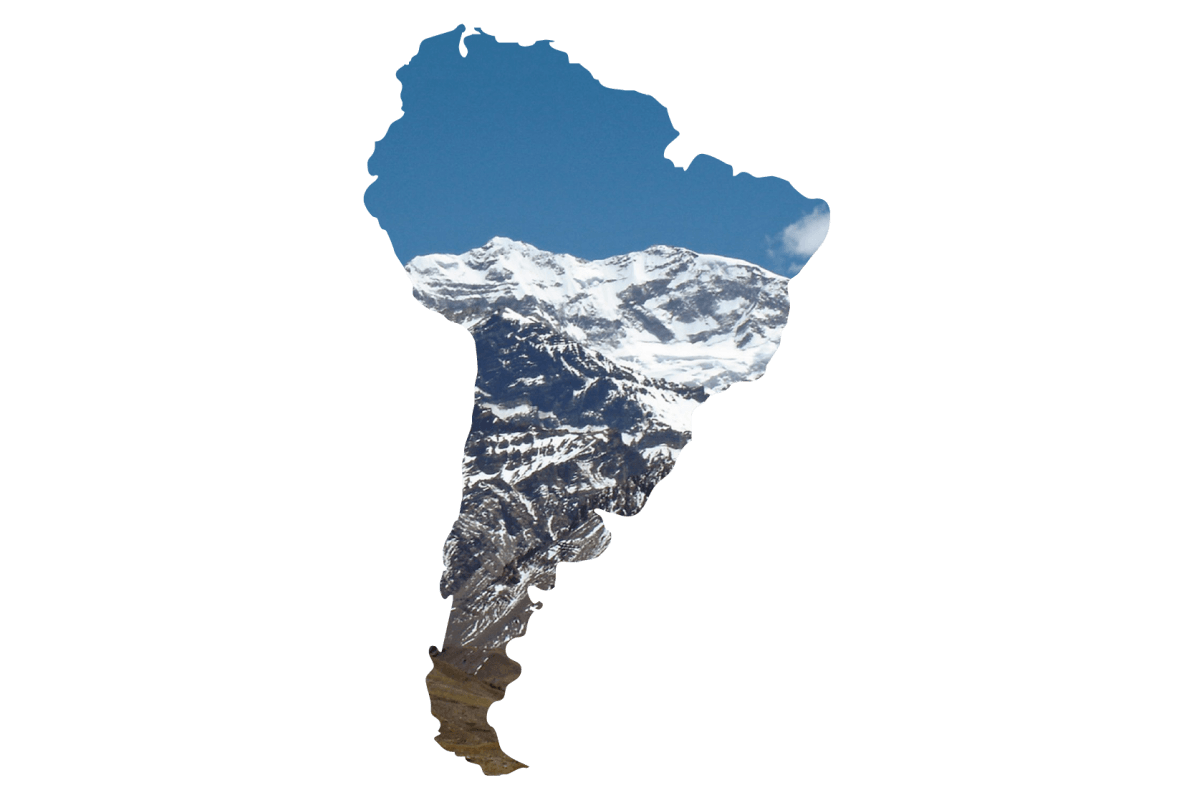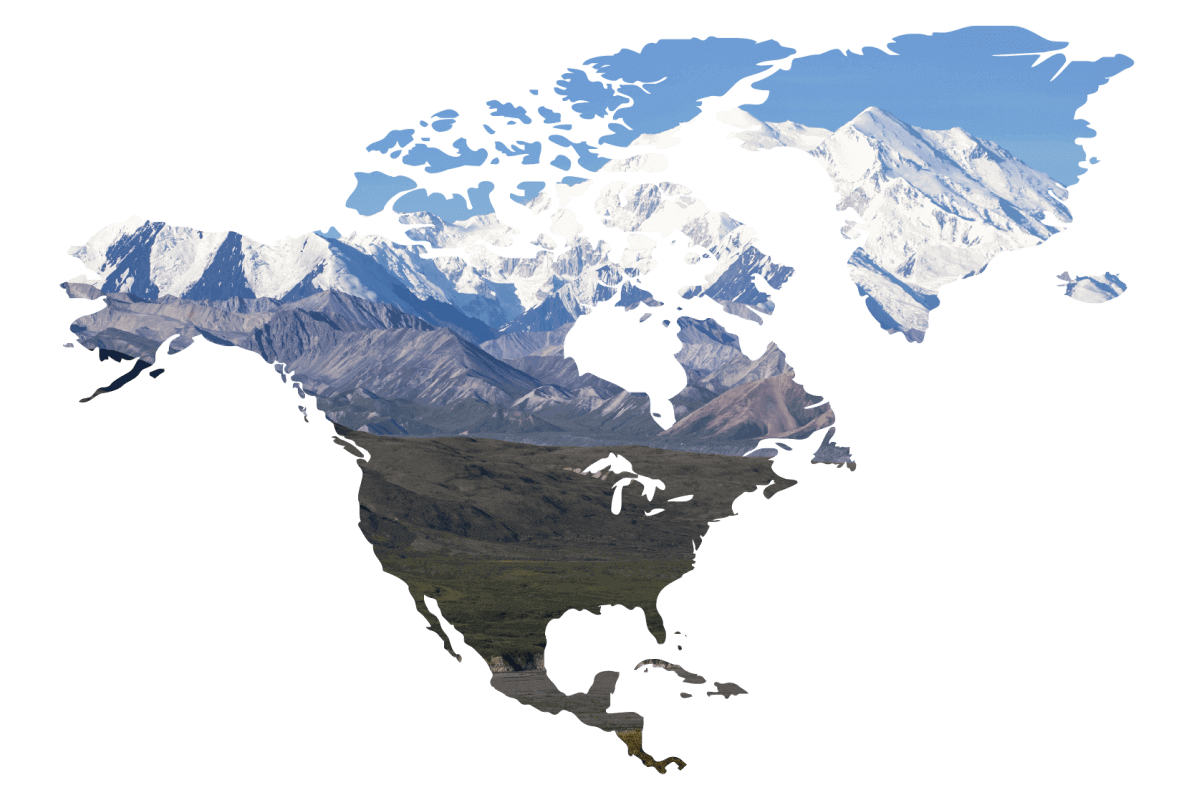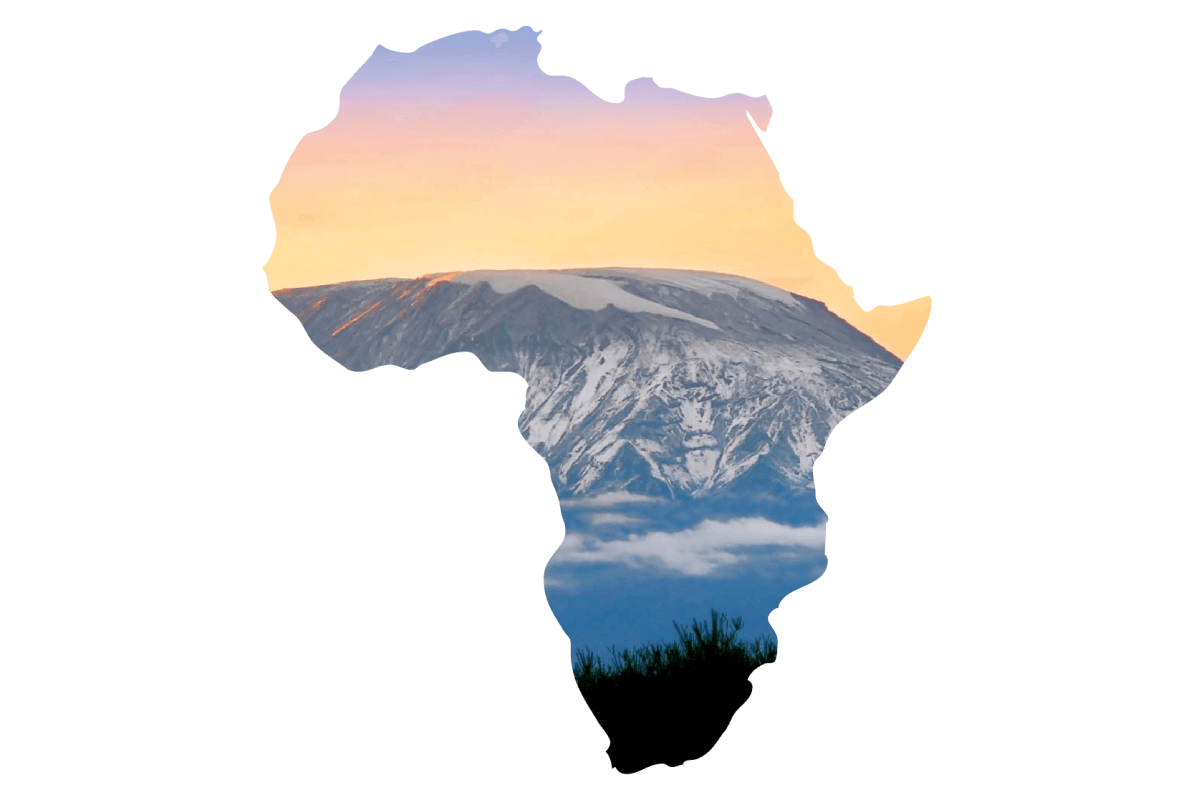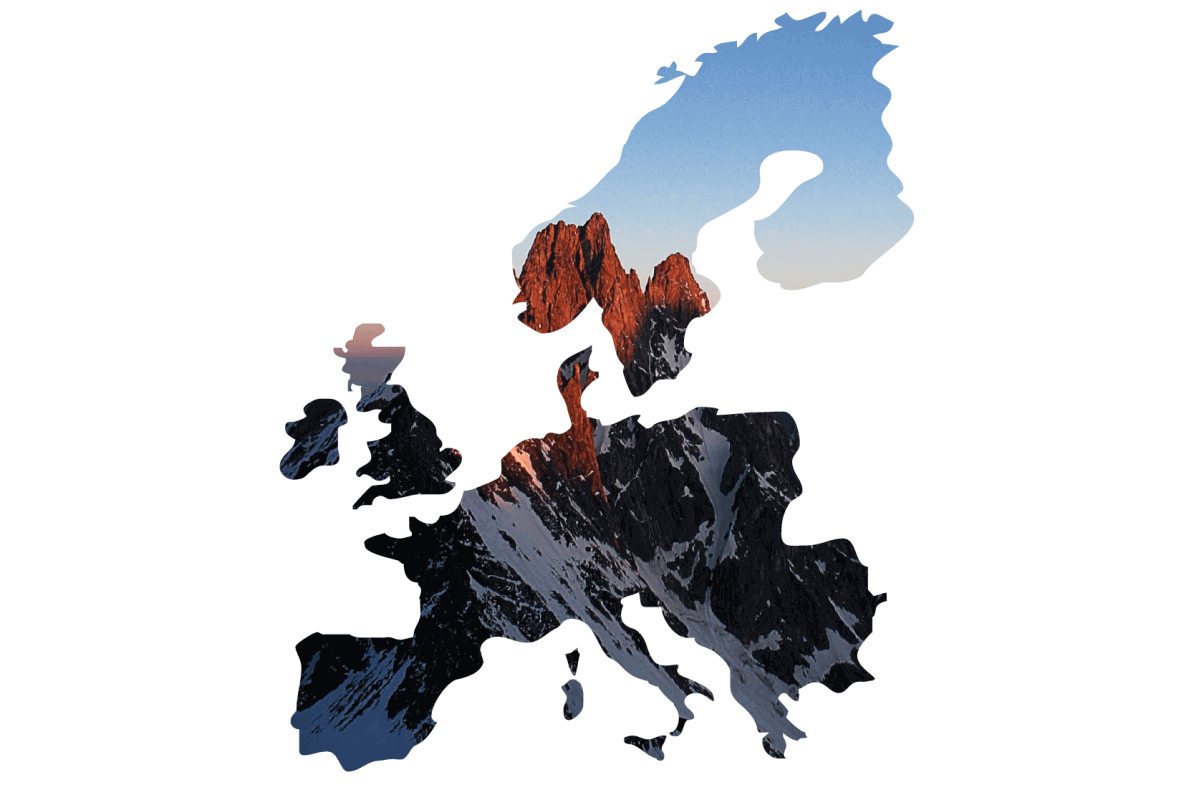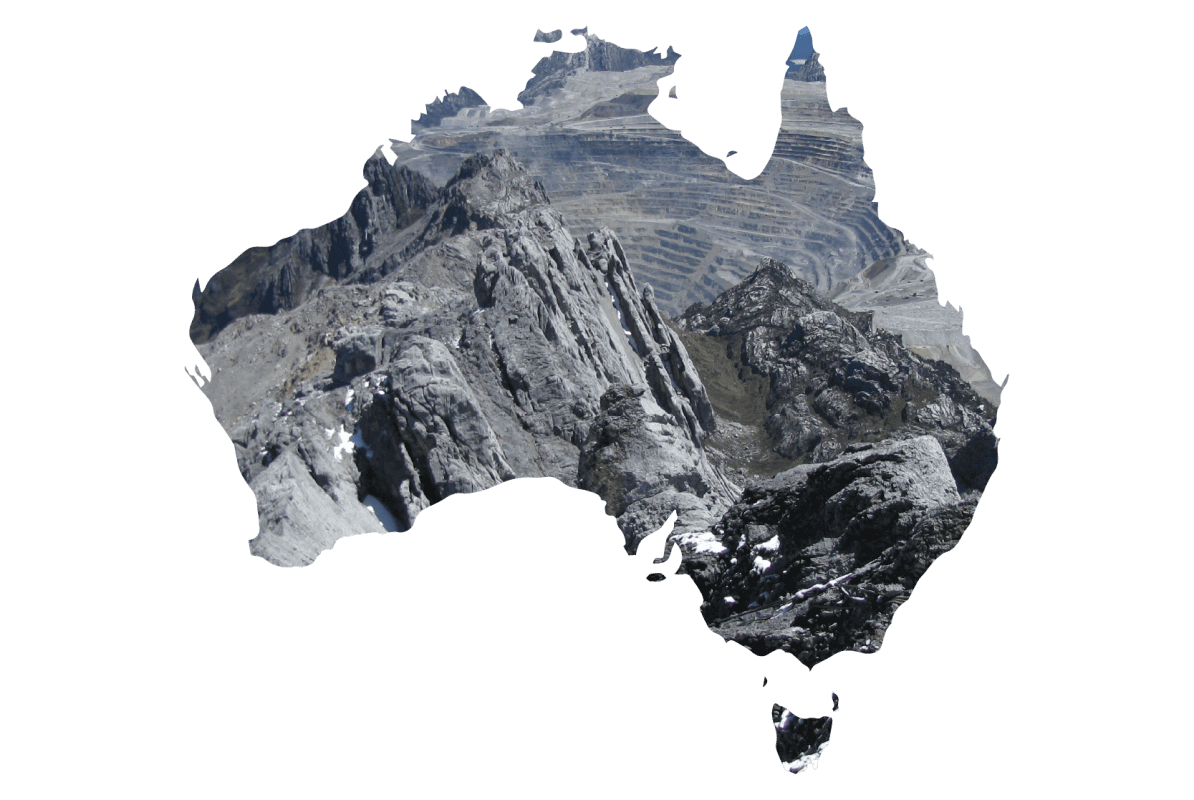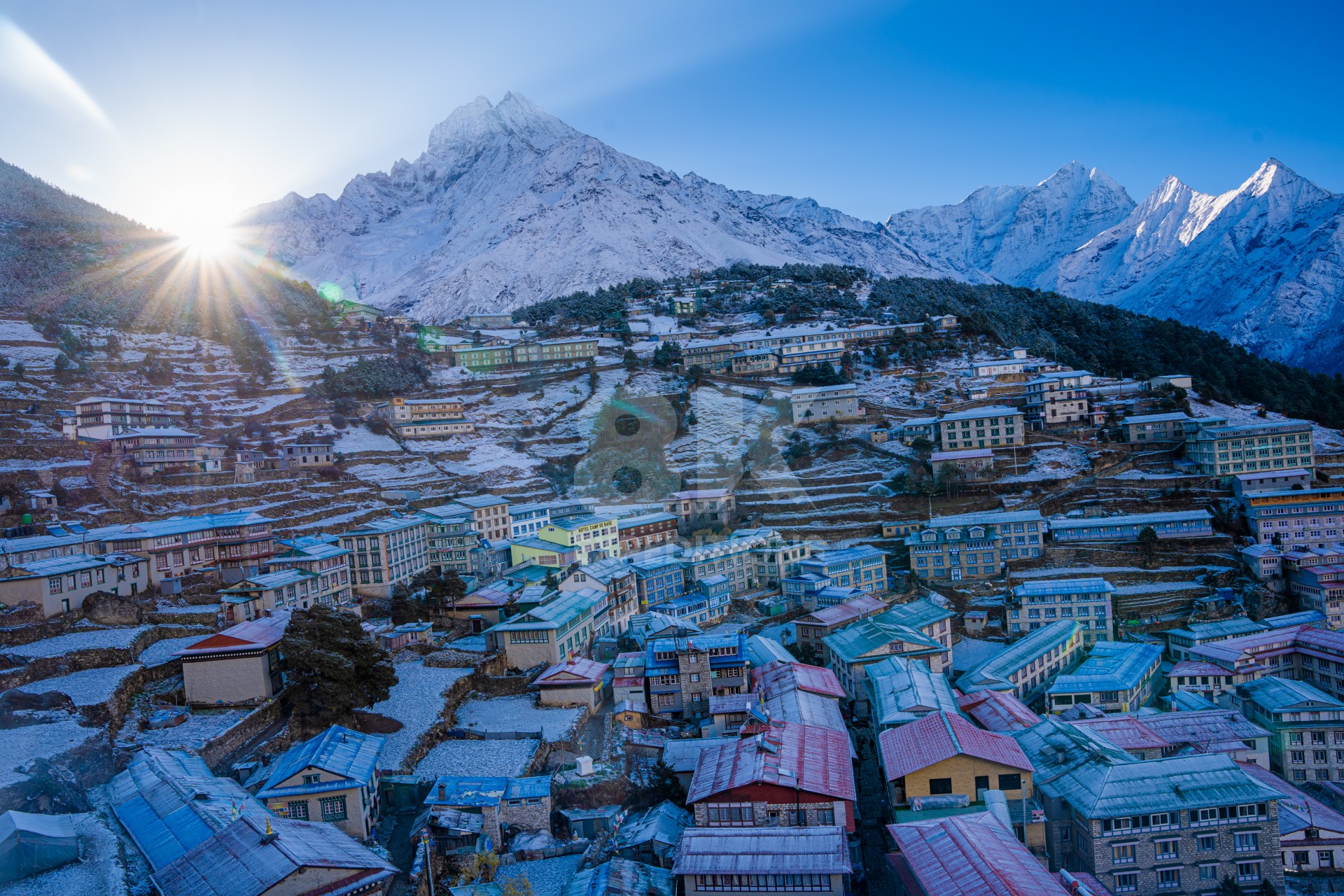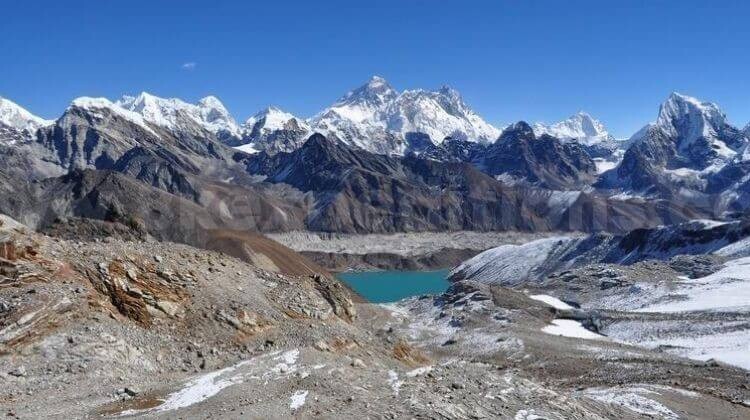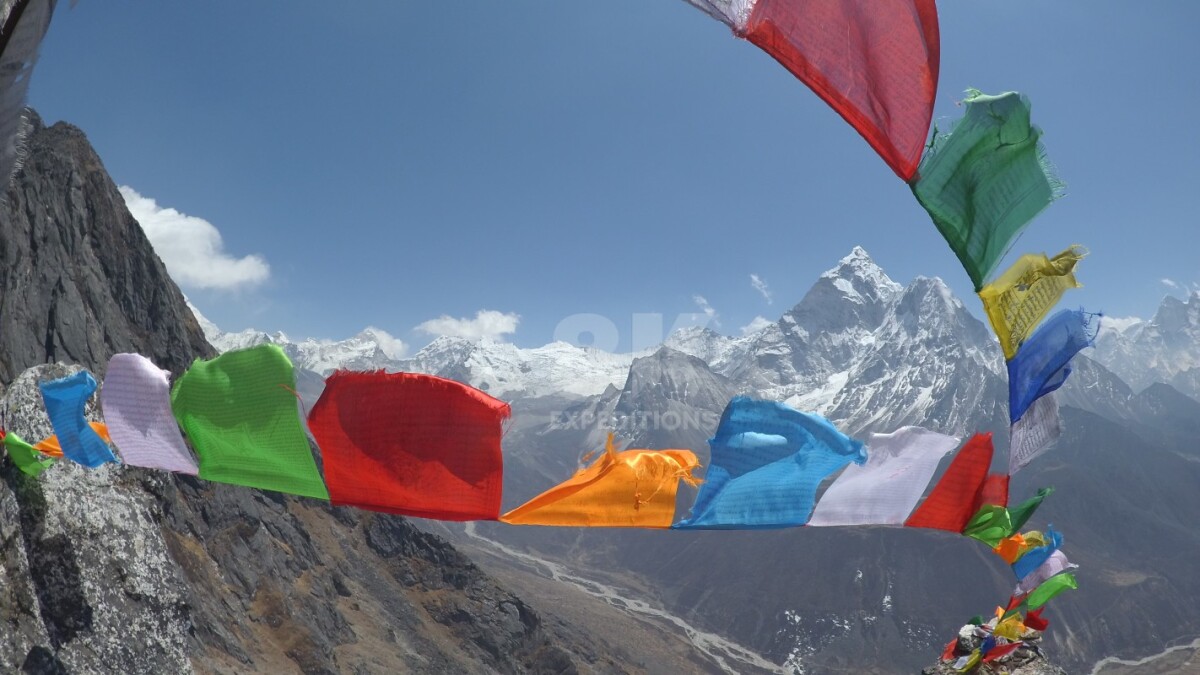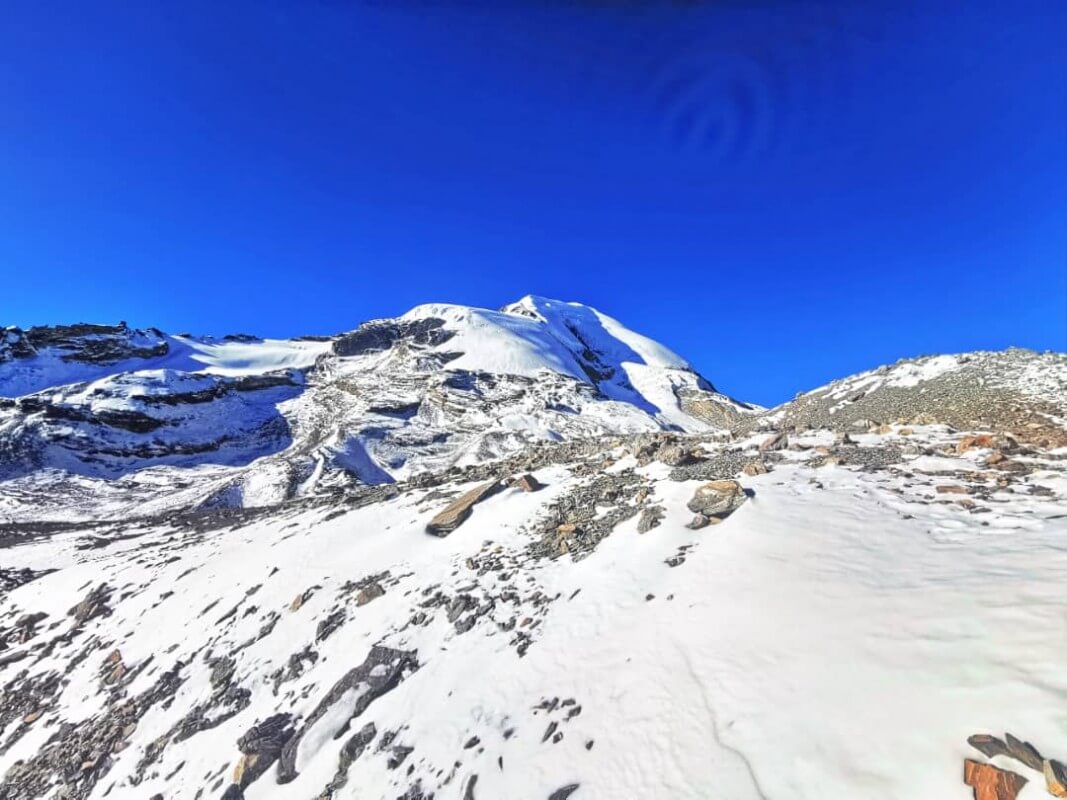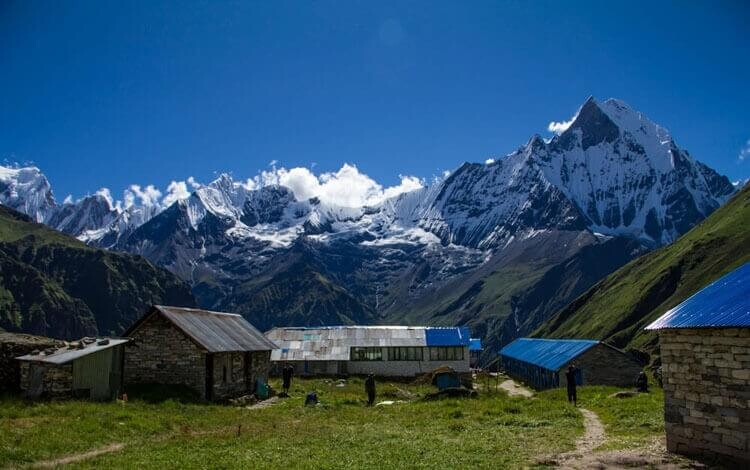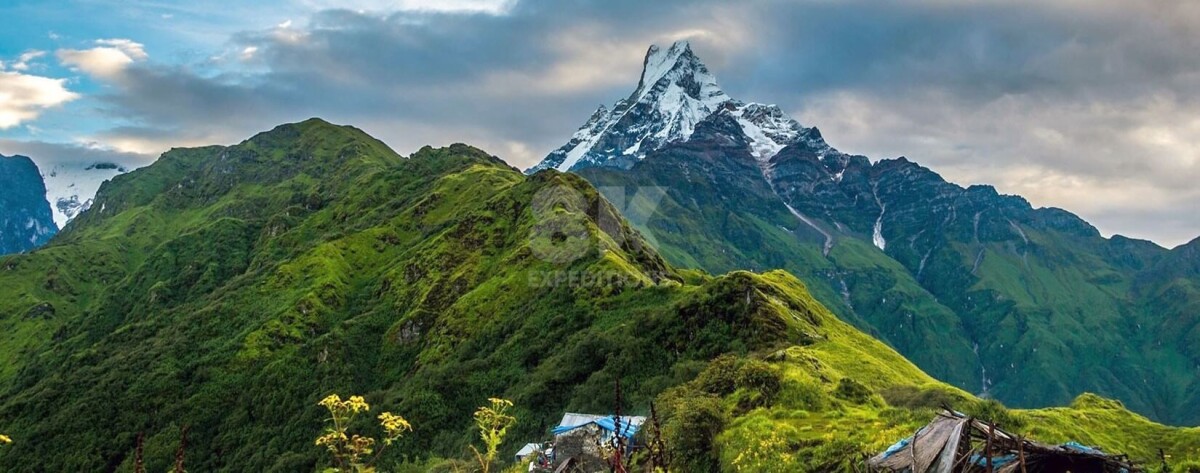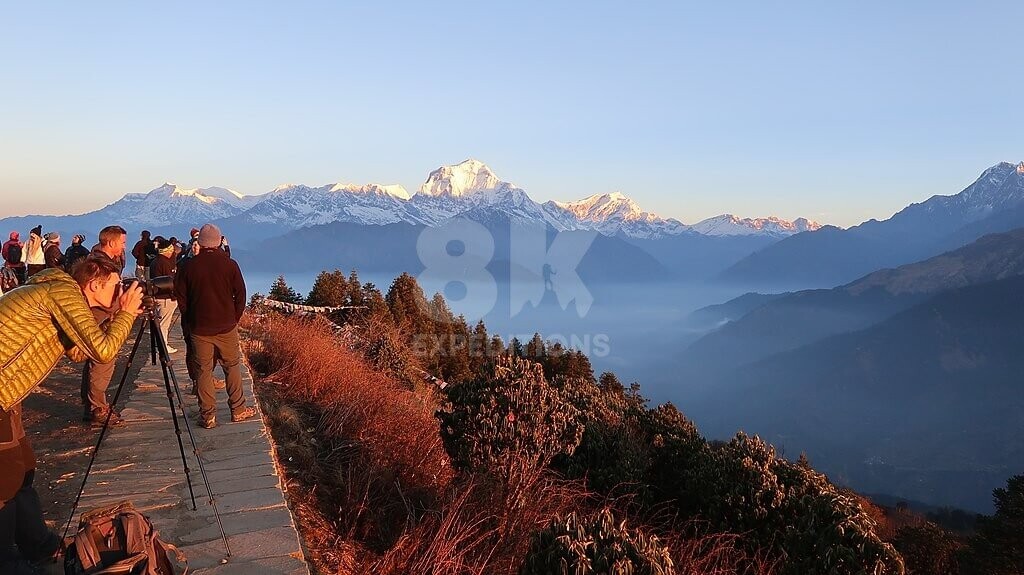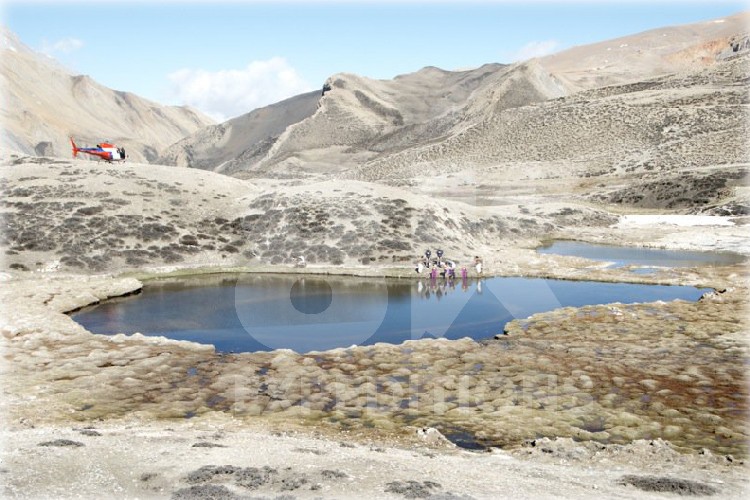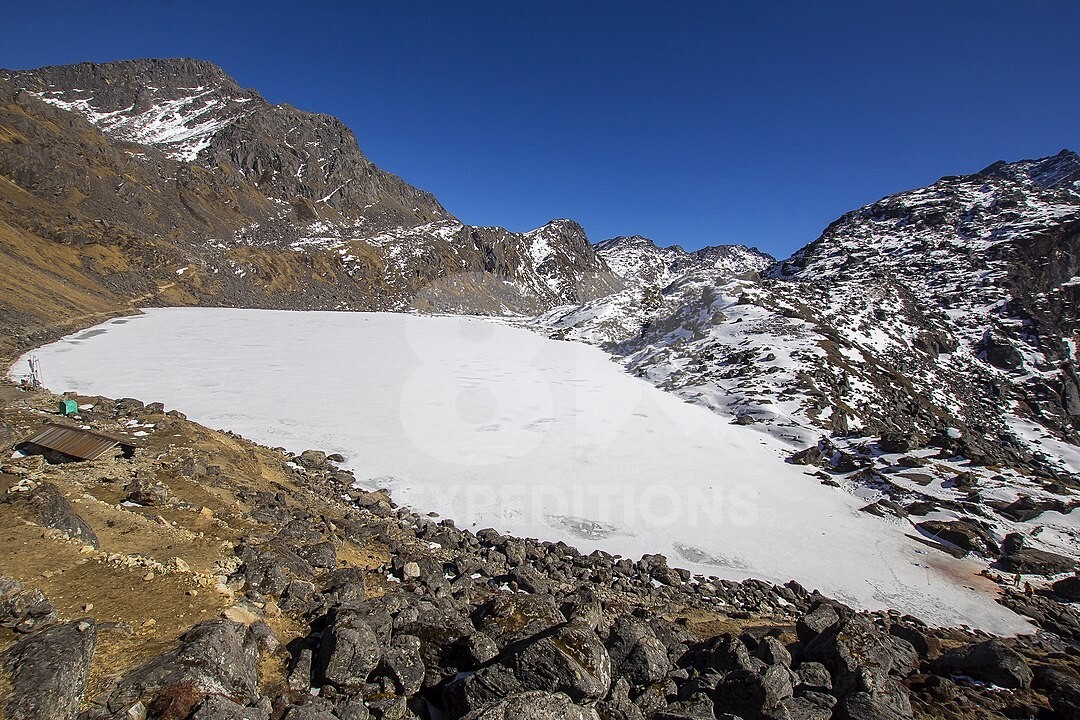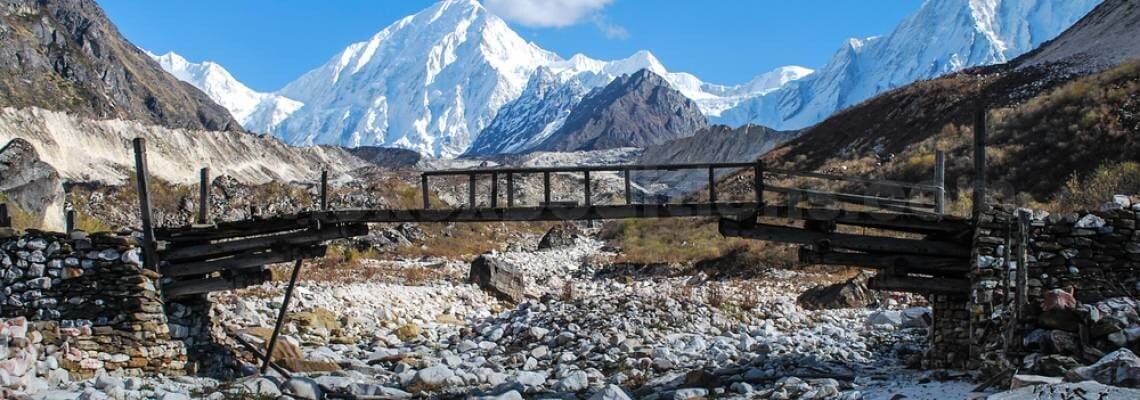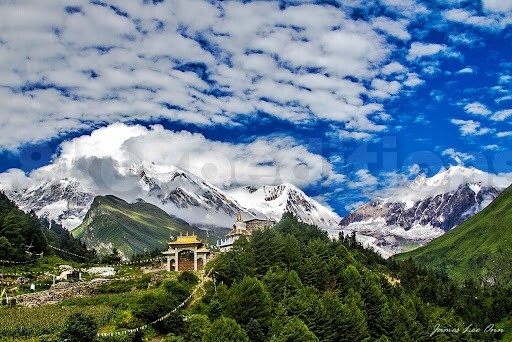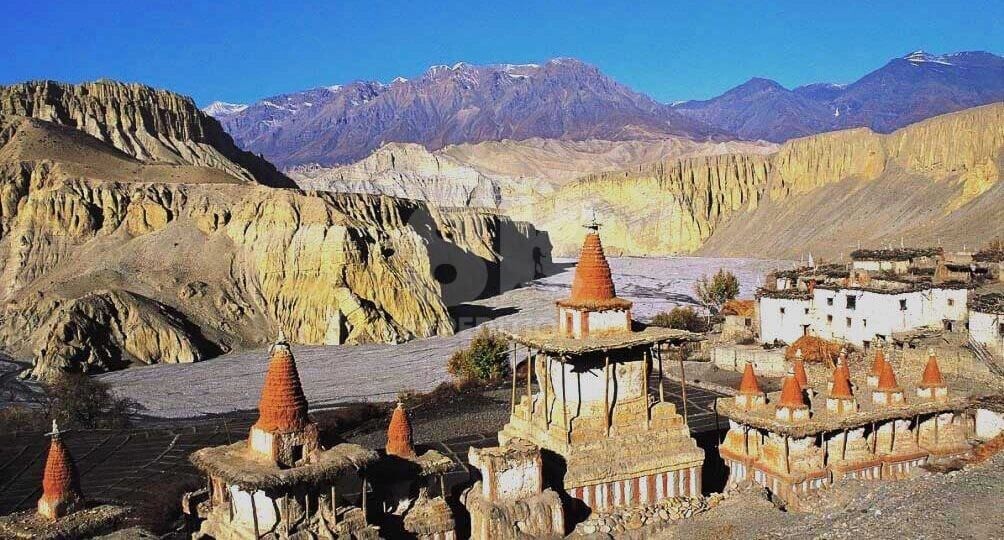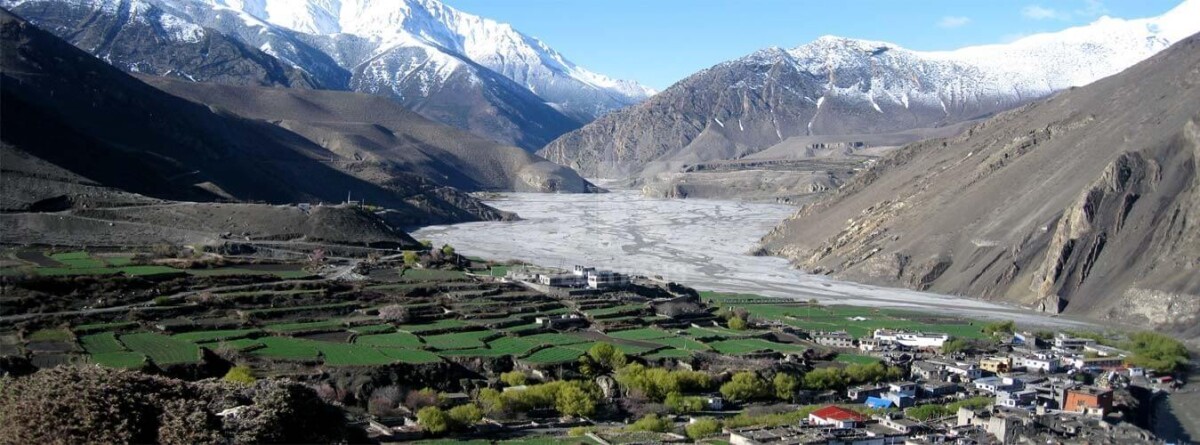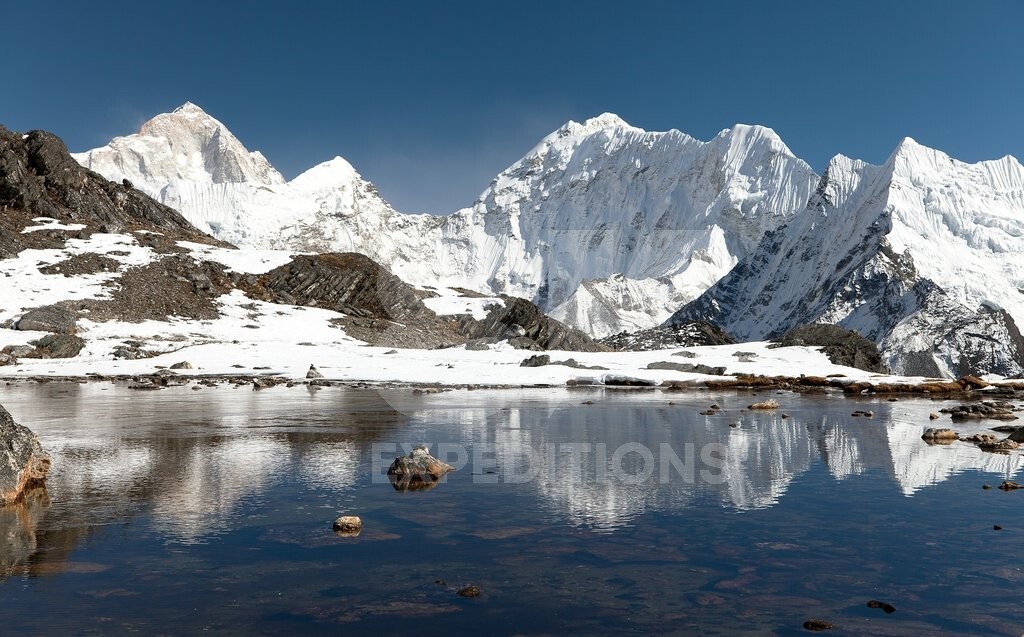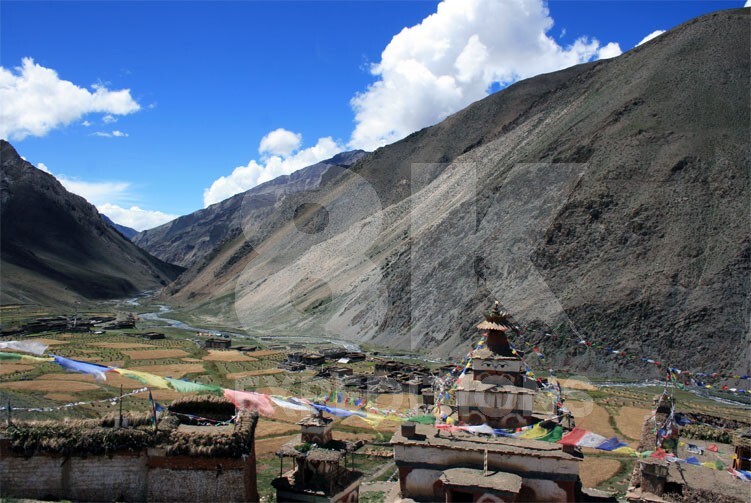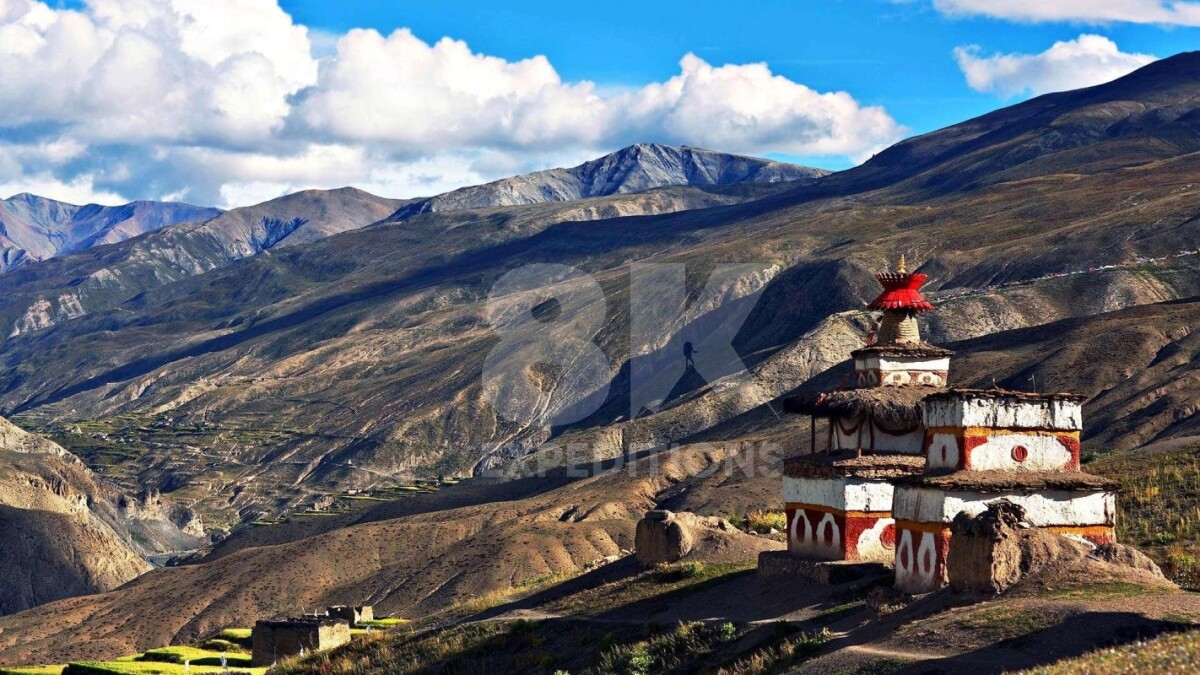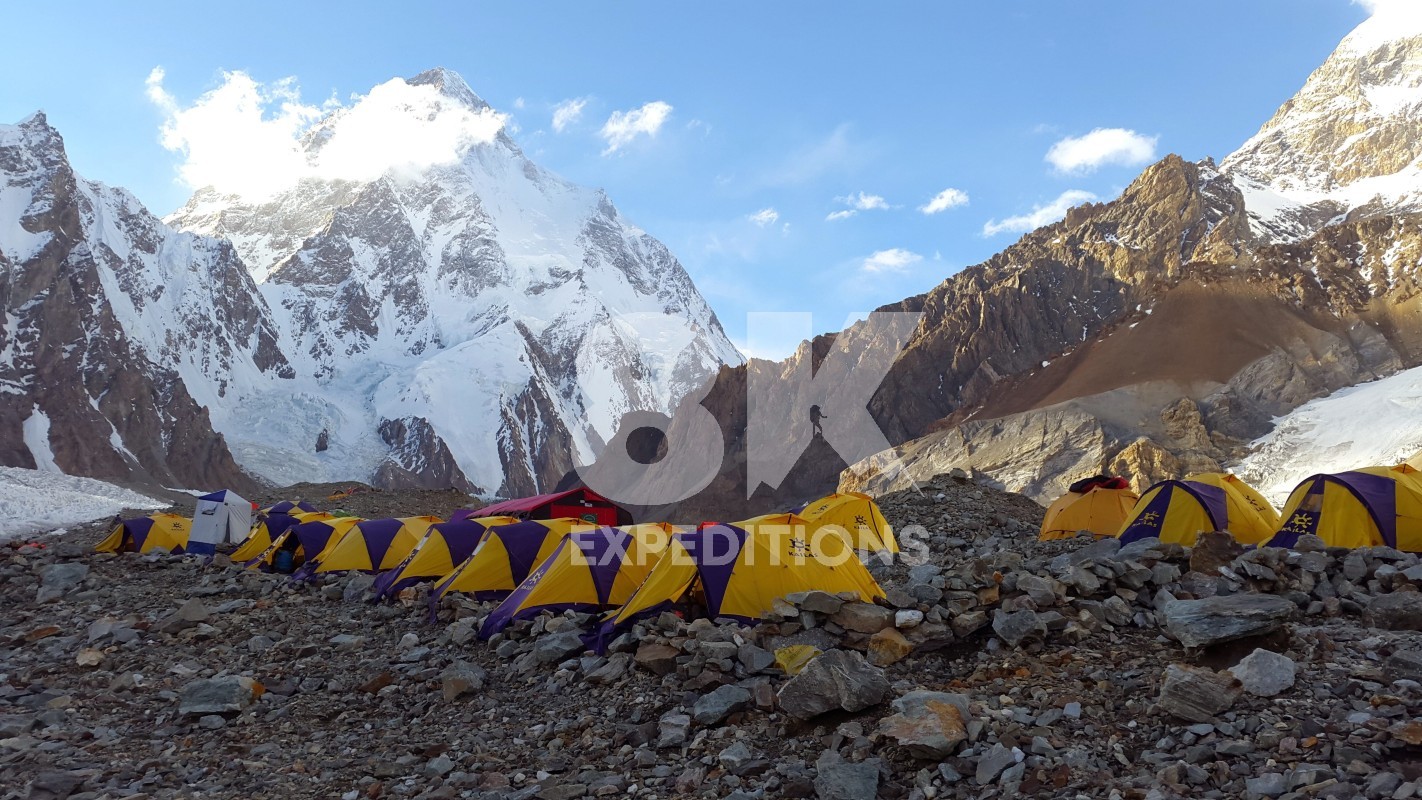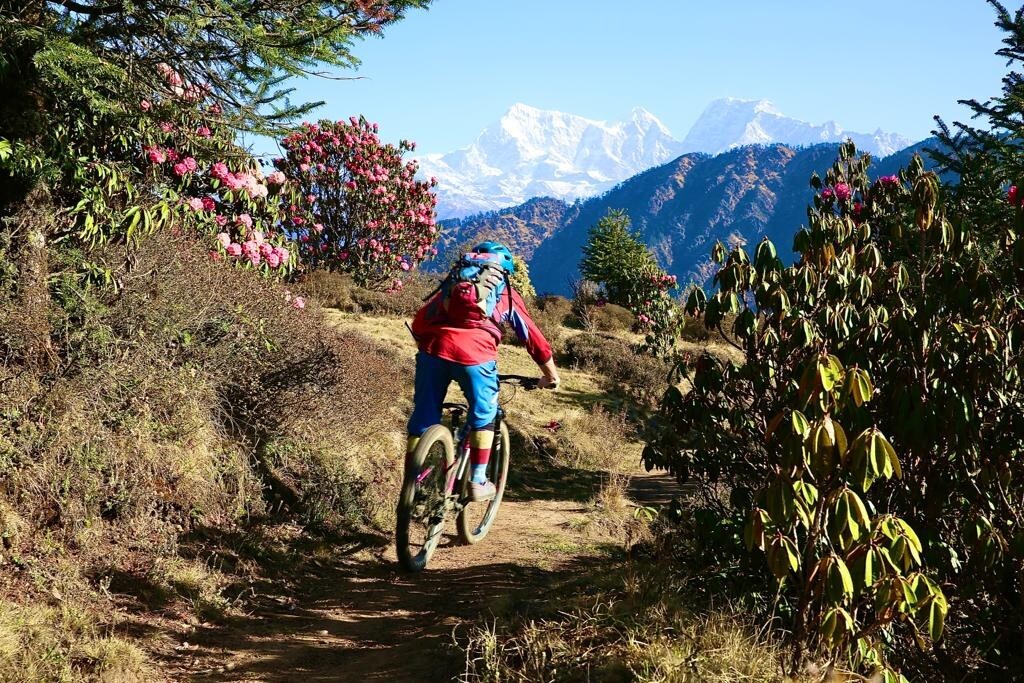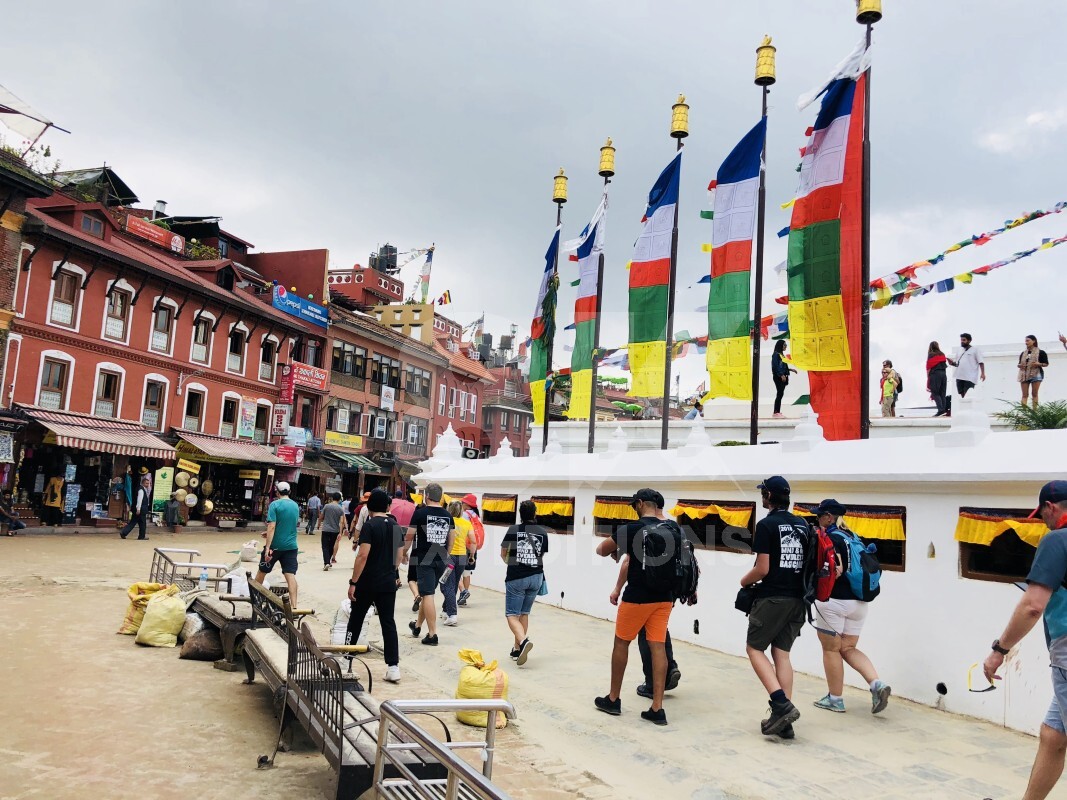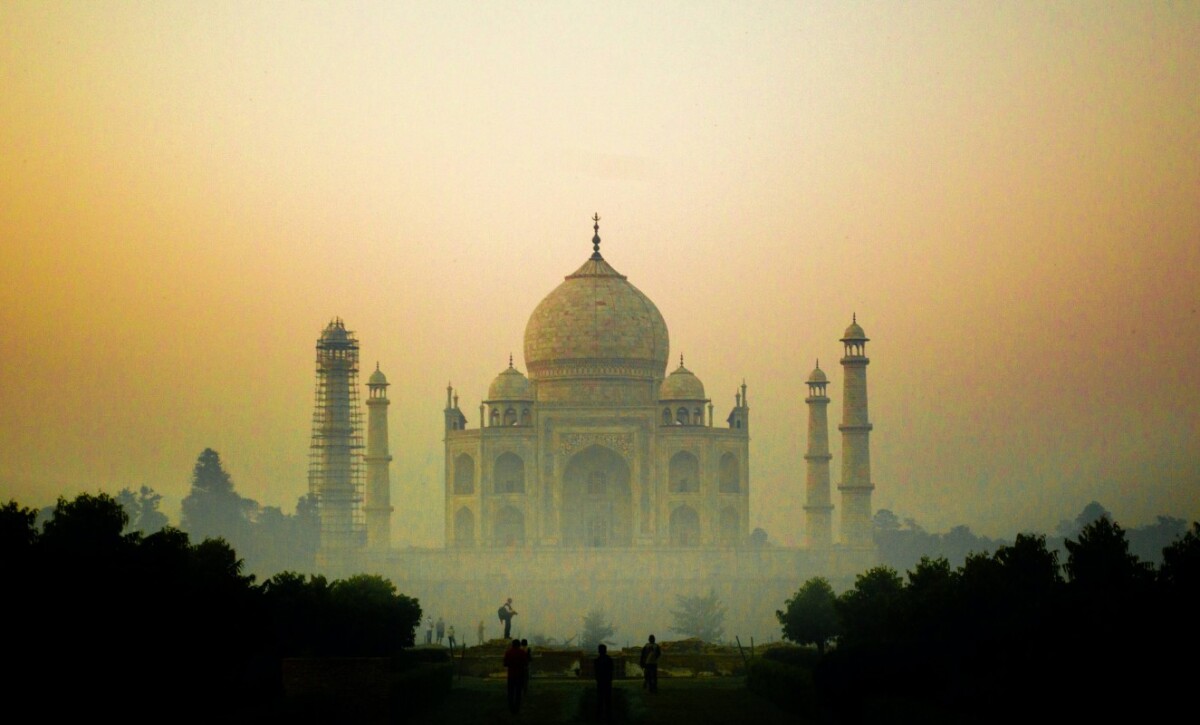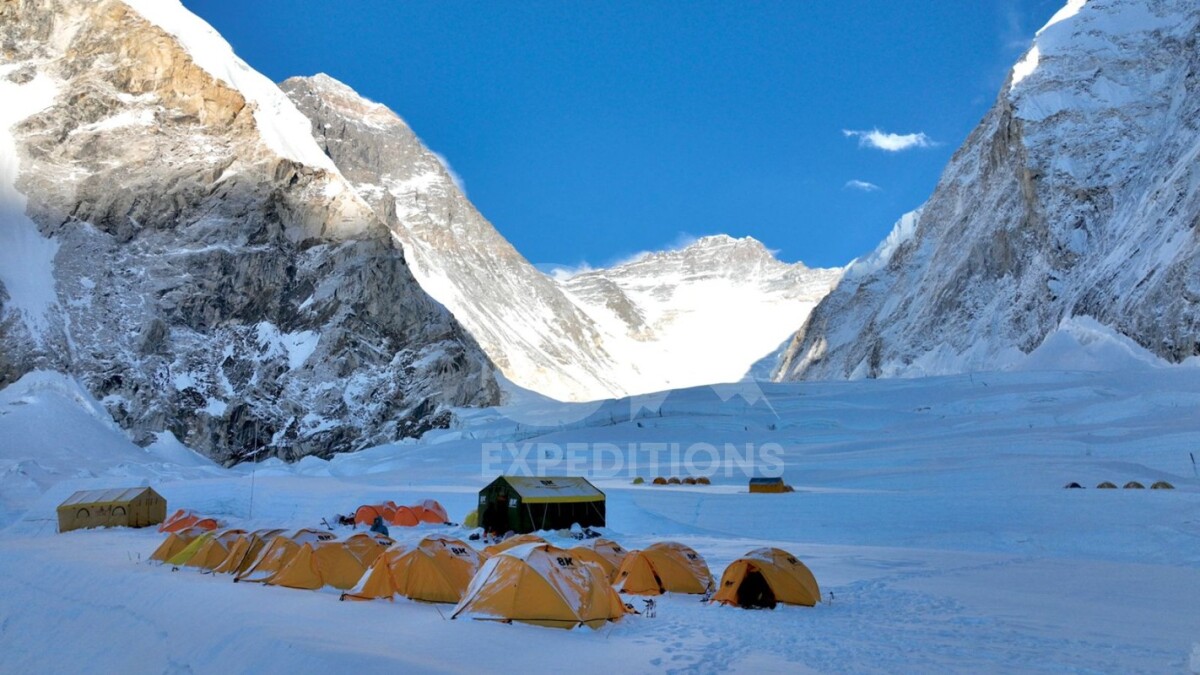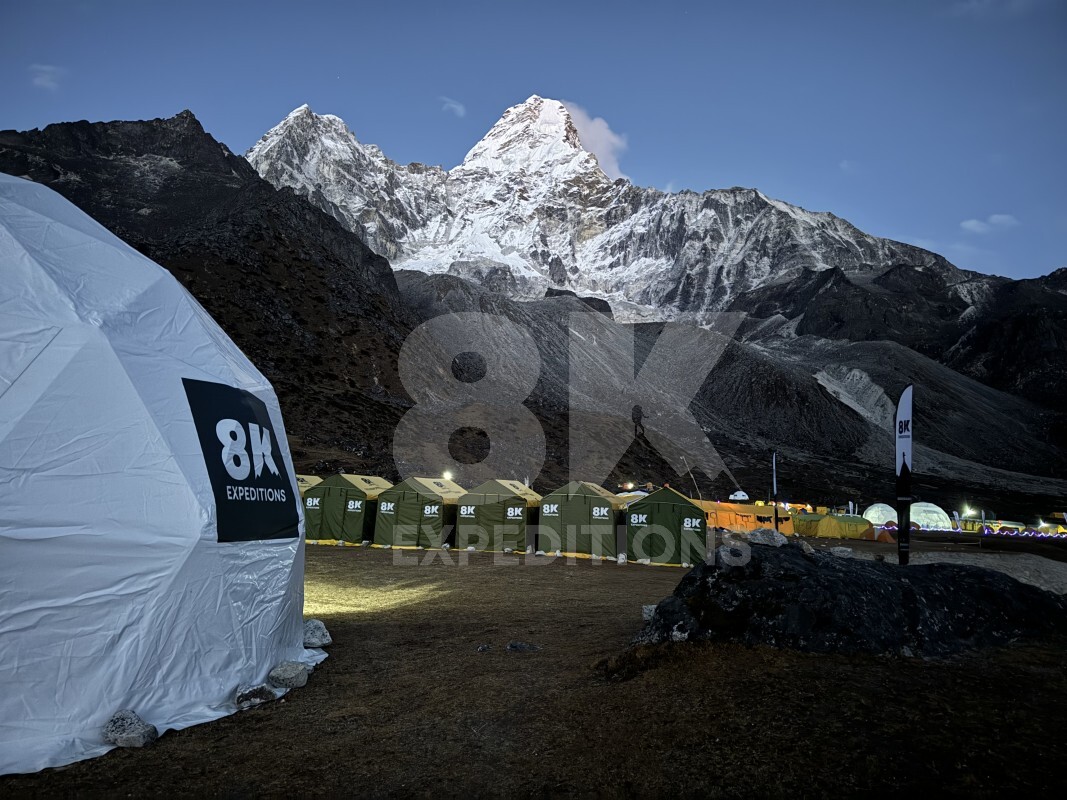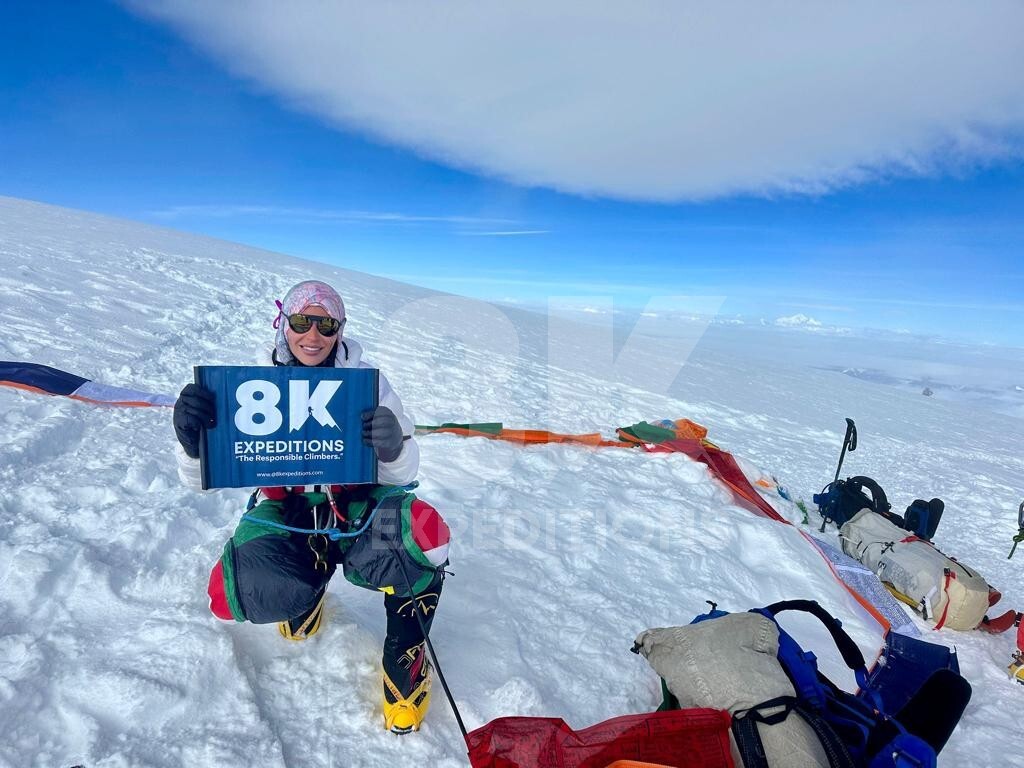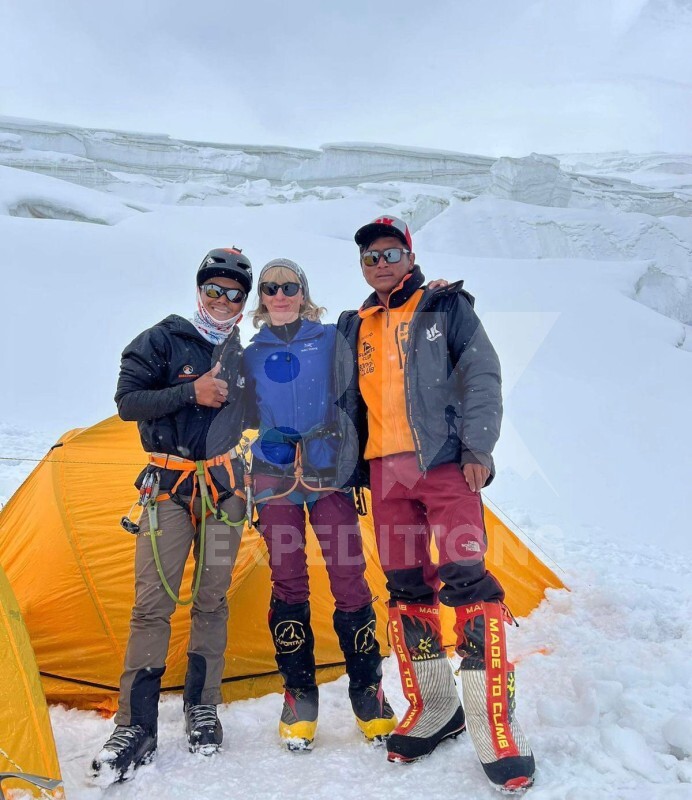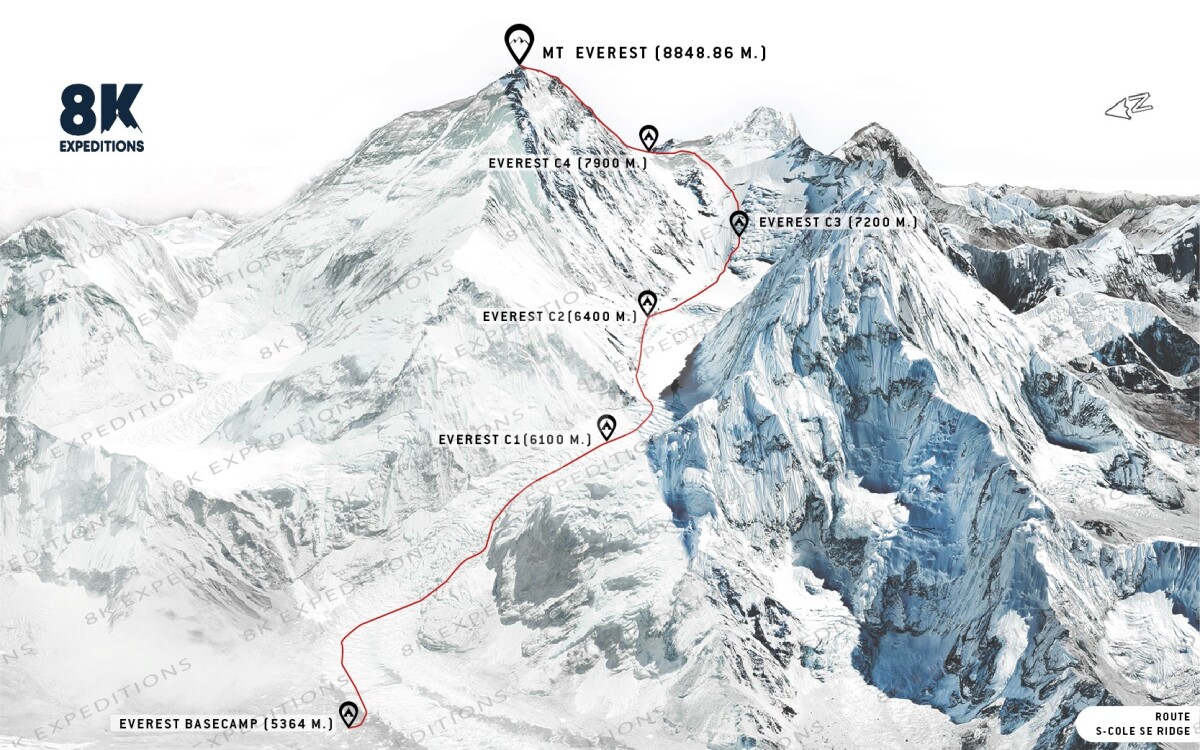“Everest Expedition in Nepal”, is not just a travel package but an enterprise that incorporates the feeling, passion, and continuous efforts of thousands of climbers every year, a lifetime experience that changes your life forever, an attempt to stand on the top of the world, an overwhelming journey to the land of Himalayas.
Residing in the Mahalangur Range of the Himalayas, standing tall at the height of 8848.86m, boasting the title of the highest mountain in the world, Mt. Everest in the Eastern Part of Nepal is a top choice among travel destinations in the world. Besides Mt. Everest/Sagarmatha/Chomolungma itself, there are other beautiful mountain ranges in the periphery like Lhotse, Ama Dablam, Pumori, Nuptse, and Lobuche East to name but a few. One may choose peak climbing, Trekking, Expeditions, or a customized trip by combining any of these adventurous activities in the Everest Region. The Glacial Lakes and Icefalls are breathtaking as well as spine-chilling that one cannot resist but behold.
The other major attraction of the area is Sagarmatha National Park, one of the World Heritage Sites, which is home to a number of floras and faunas dominant to the Himalayan Region. It is home to some endangered species like Red Pandas, Musk Deer, Snow Leopards, and many more.
History of Sagarmatha
In 1852, Mt. Everest was recognized as the highest point on the Earth’s surface by the Government Survey of India (Great Trigonometrical Survey). In 1856, Four years after the identification, The Mountain which was known as Peak XV was renamed after Sir George Everest- British Surveyor General and officially announced Mt. Everest. The conquest to summit Mt. Everest was inception in 1921 via the north side as Nepal was restricted for foreigners at that time. But it was in the year 1953, 32 years after the first attempt, the roof of the world was first time stepped by New Zealander, Sir Edmund Hillary and Tenzing Norgay Sherpa. Since then, thousand of mountaineers have dared to reach the summit. The successful summit rate of Sagarmatha is 69.60% of which the total summit is 10,658 from both sides via Nepal and China.
Best Season for Everest Expedition:
The best season to go on the expedition to Everest is between April to May when winds are calmer, the days are sunny, temperatures are mild and the trail is gorgeous with dense green forests, raging rivers and streams, the soothing sounds of the birds and animals and the uninterrupted views of the grand massifs throughout the trail. The overall journey gets even more beautiful during these months. Contact Us to know more about our fixed departures for Mt. Everest Expedition 2024 and Everest and Lhotse | Double 8000ers Expedition being led by 8K esteemed mountaineers.
Risks associated with Everest Expedition:
Every reward comes with certain risks. And when it's the Everest Expedition, where the climbers have to traverse the Death Zone, a zone above 8000m, risks are sure to be associated. While risks like altitude sickness can be handled by proper acclimatization, other severe risks like heavy snowfall, rain, storms, and avalanches can be avoided. Objective risks like natural disasters are out of human control.
The other emerging issue with expeditions is the traffic jam that takes place in the “Death Zone” which requires climbers to wait until they get their turn to the summit. This can be well managed and minimize the risk.
(NOTE: We use constant climate monitoring to grasp the best time for a summit.)
Preparing for the majestic Everest Expedition 2024:
- The expedition is tough but highly rewarding as well. So, prepare yourself psychologically and physically to withstand all possible hazards that may come across your path during the journey.
- The expedition is challenging but worthy. We will train you very well to be in the Himalayas by providing you with all technical know-how and techniques. We will have enough time at the Base Camp to let you prepare yourself before the ascent.
- The summit lies at a higher altitude and can cause altitude sickness but proper acclimatization and enough oxygen will help you go through. We will always have extra bottles of oxygen in case of emergencies. This is why one must go on an expedition to any of the 7 thousand before heading to Everest. This will not only help you gain experience in the high altitude but also familiarize you with all the gears and equipment while handling extremely cold temperatures, gaining great crampon using skills on and off the rock, snow, ice, rappelling with a pack on, and using ascenders and jumars on a fixed-line. Along with tolerance at a high altitude, you need strength, endurance, and strong cardiovascular conditioning.
NOTE: Prioritize your training efforts with the following techniques assuming you are in good health and injury-free.
- Climbing Conditioning: Uphill climbing with a backpack, walking, and staircase climbing
- Strength training for lower body and core
- Cardiovascular Training: Include both aerobic and anaerobic workouts with and without pack-weight
- Flexibility Training: Include stretches for overall body





